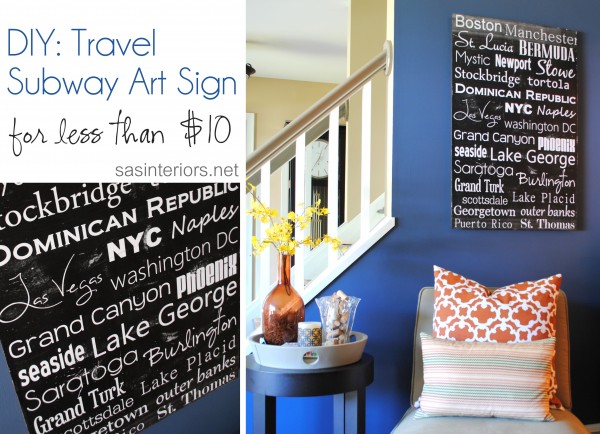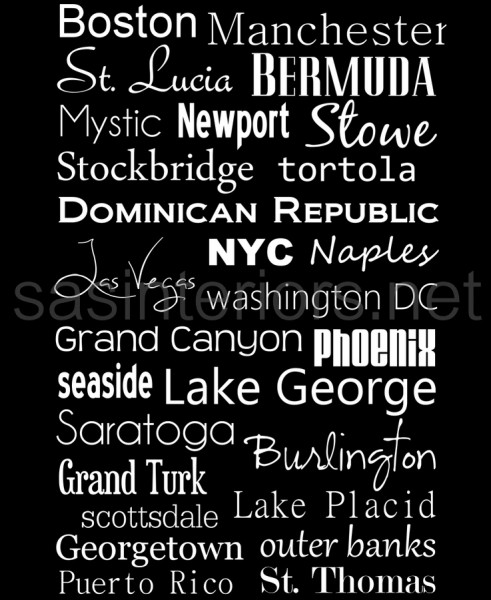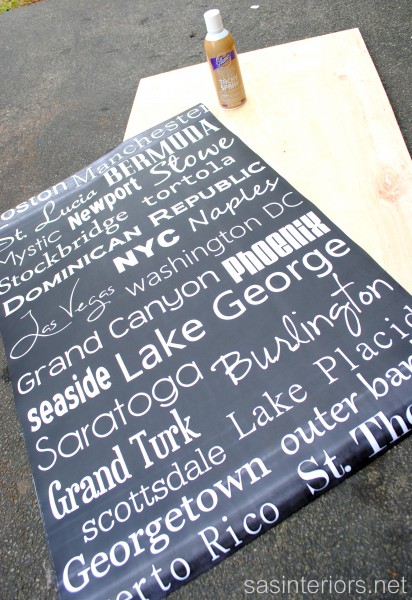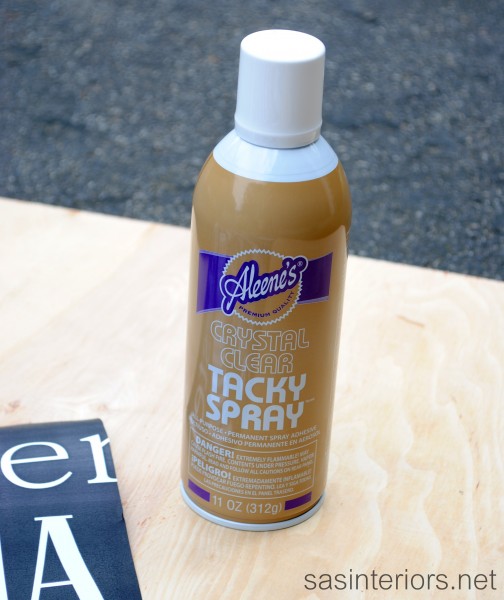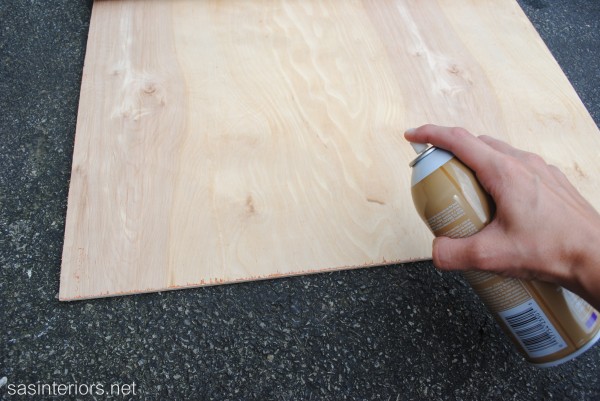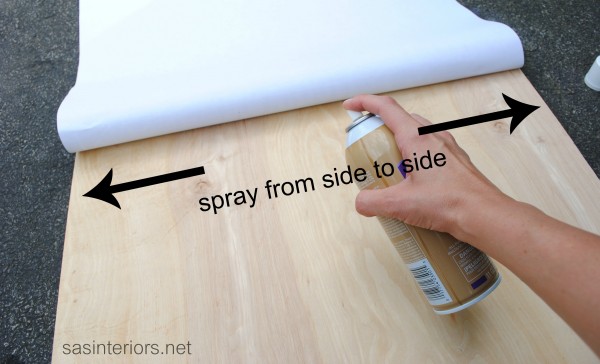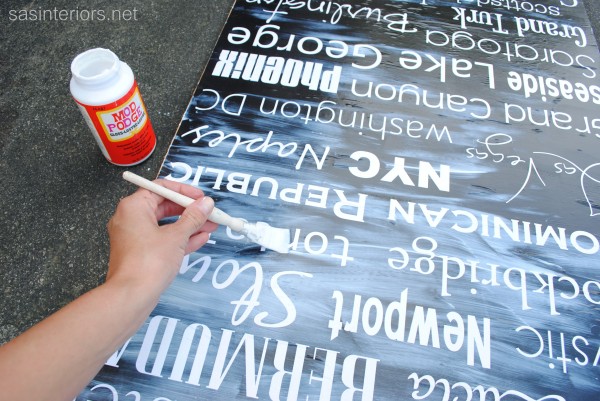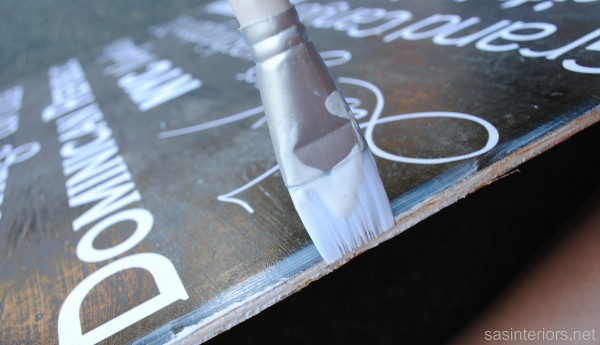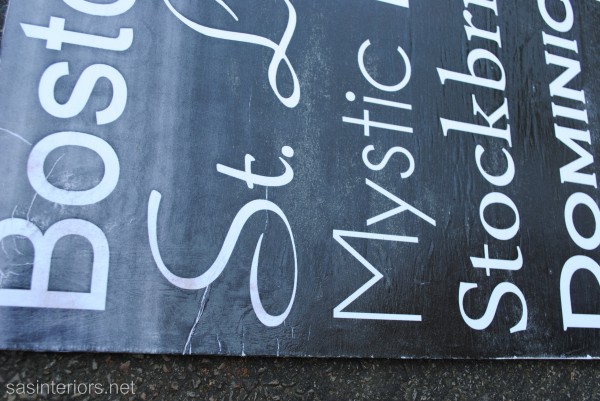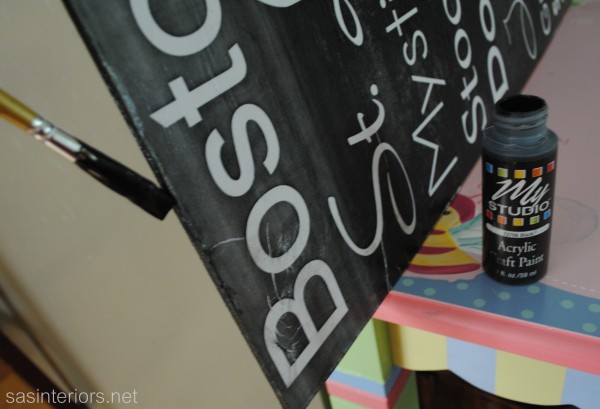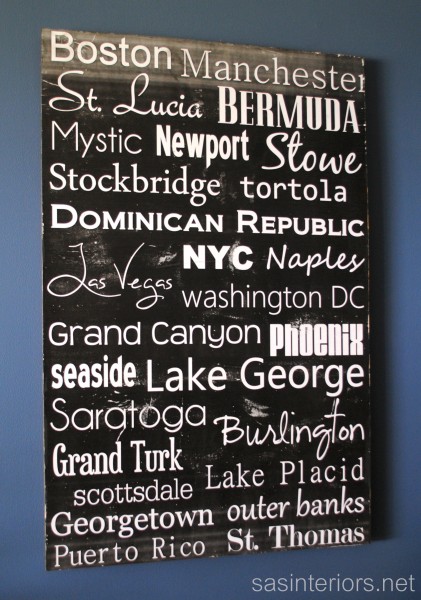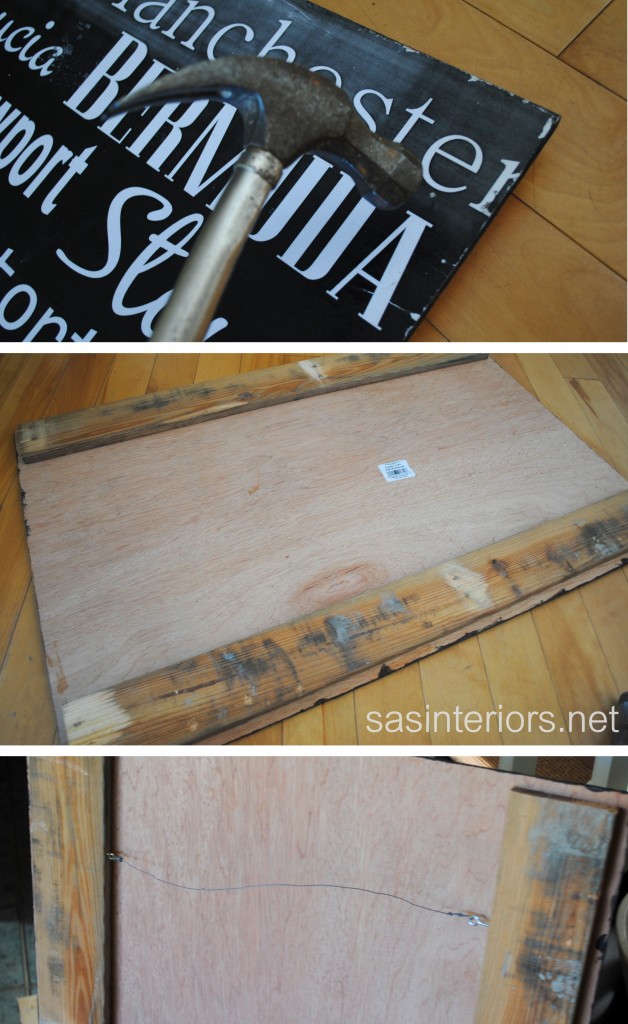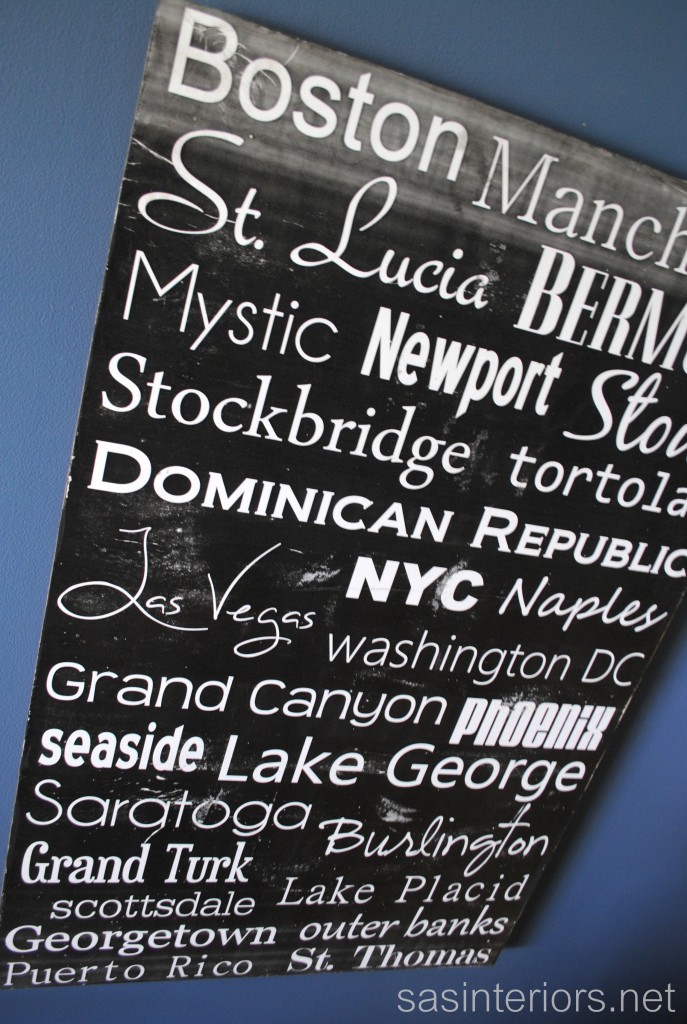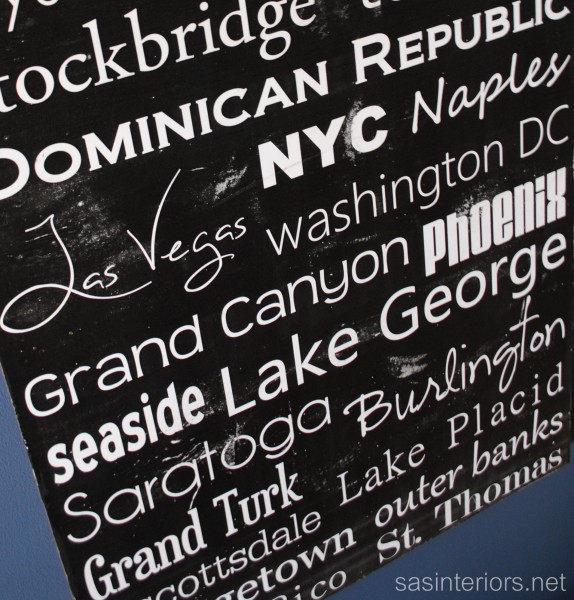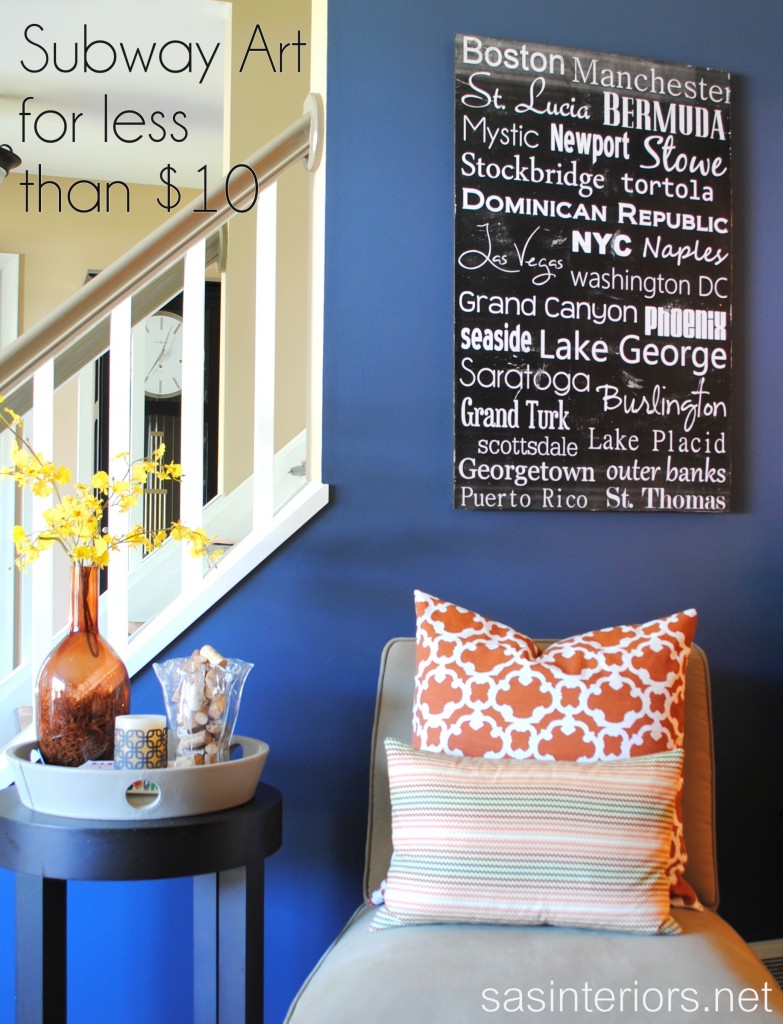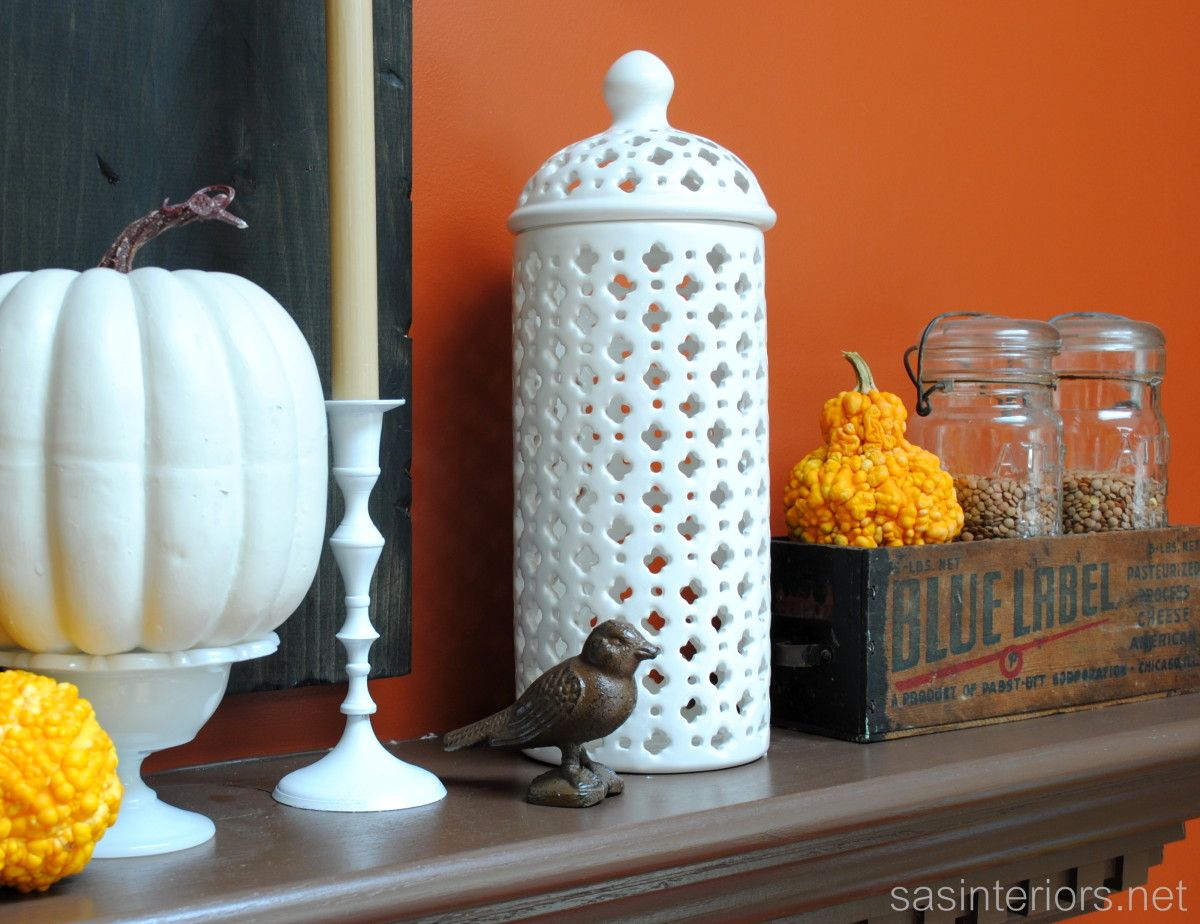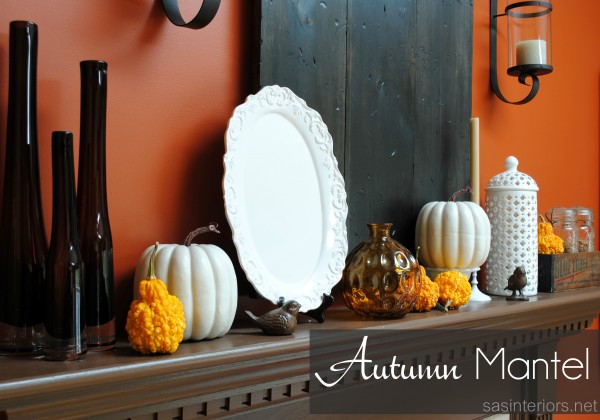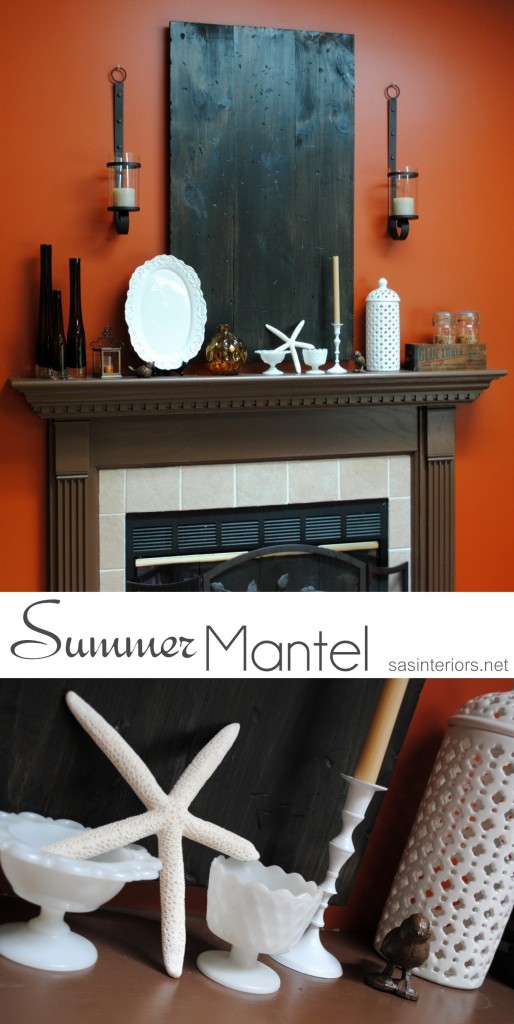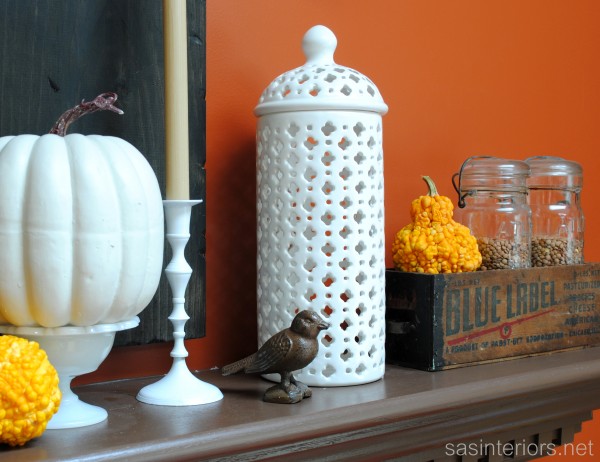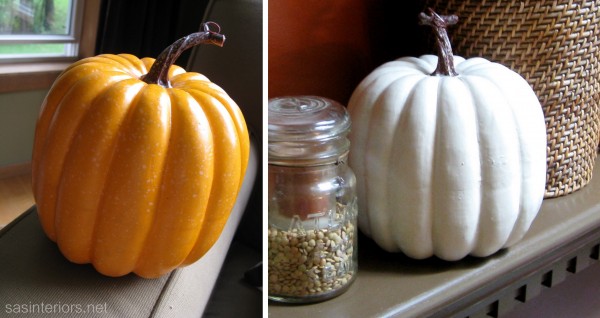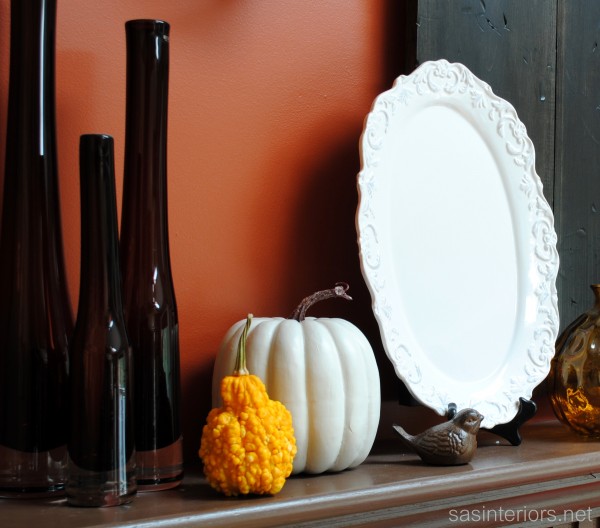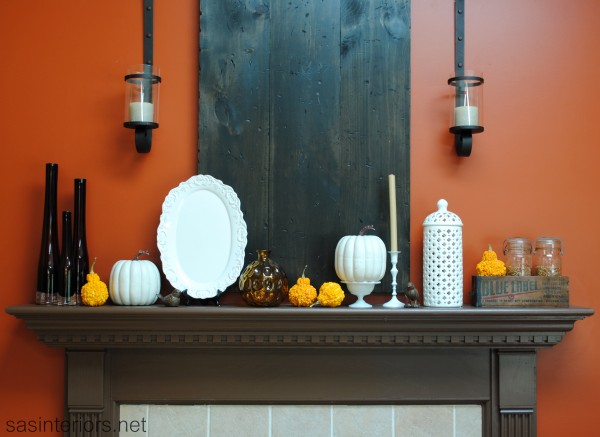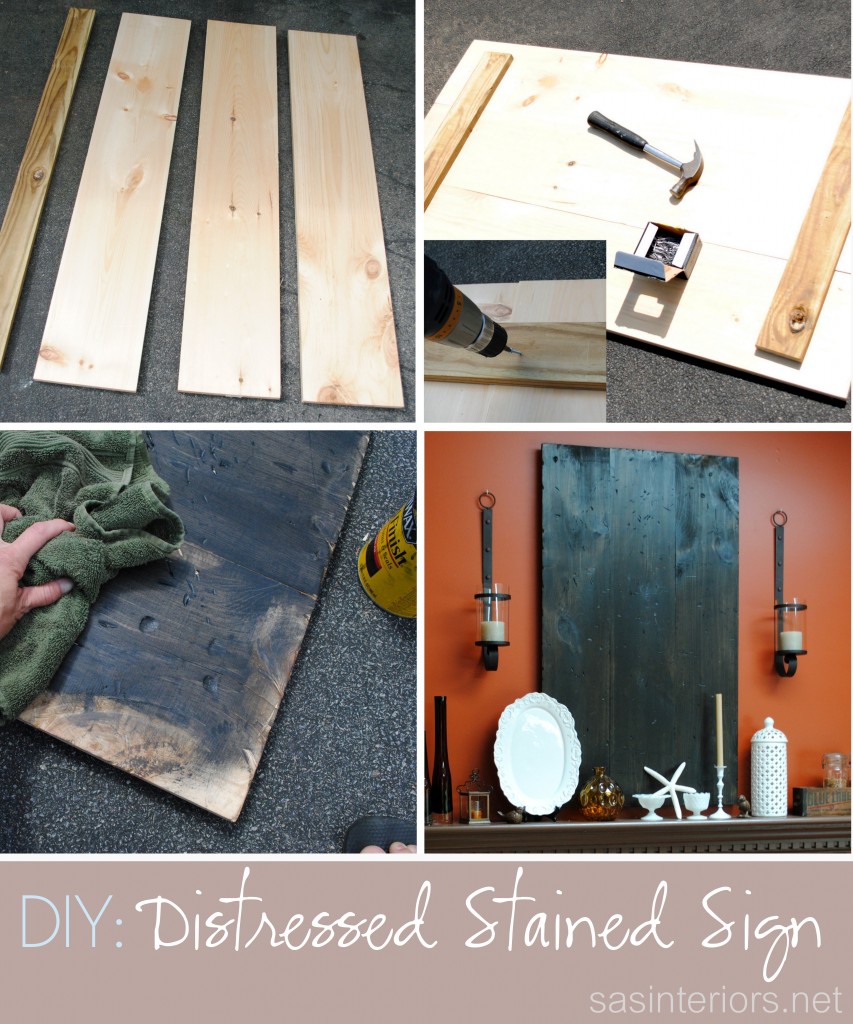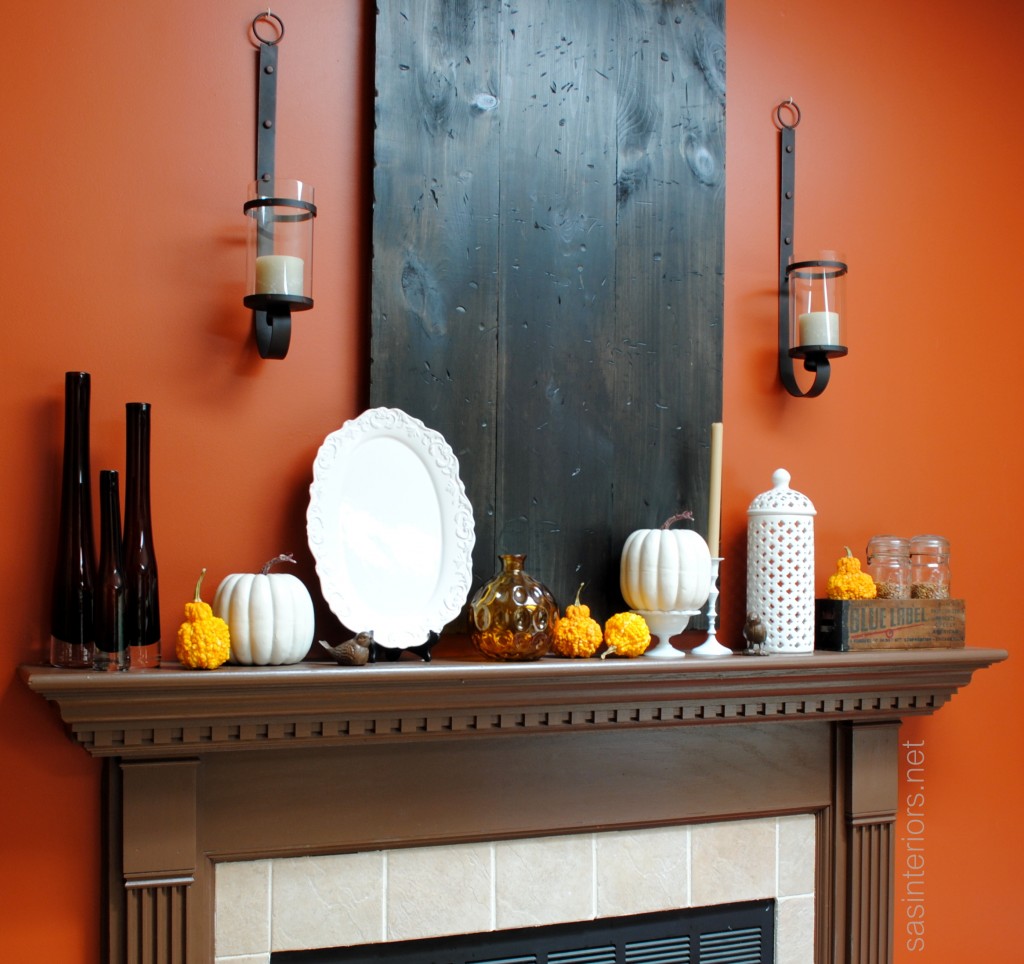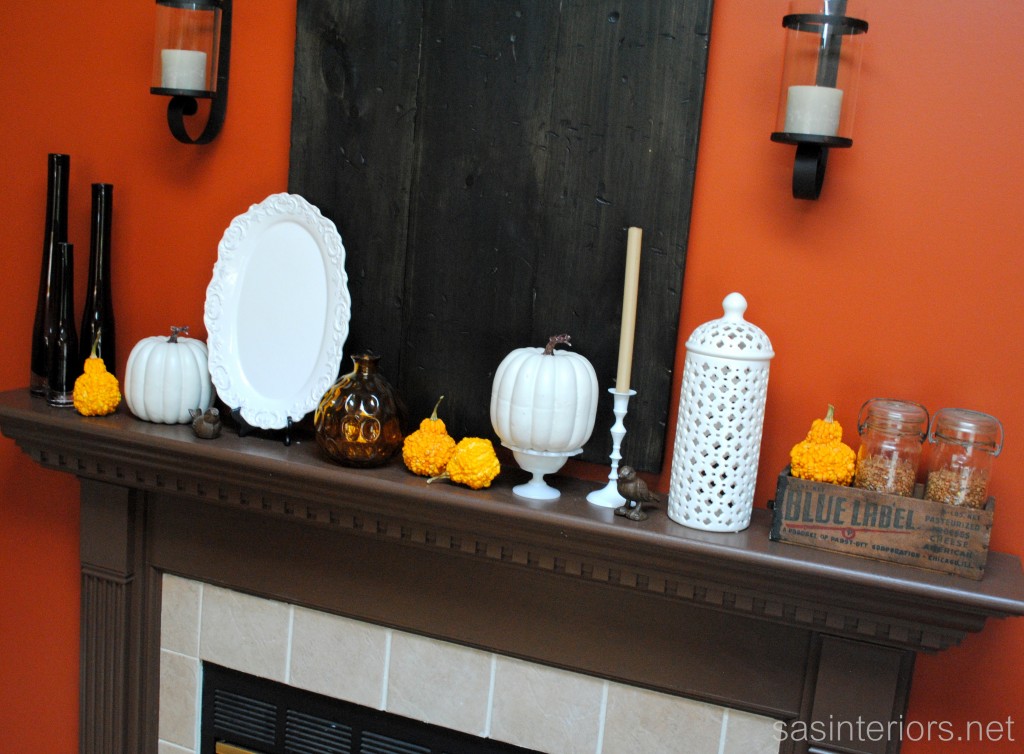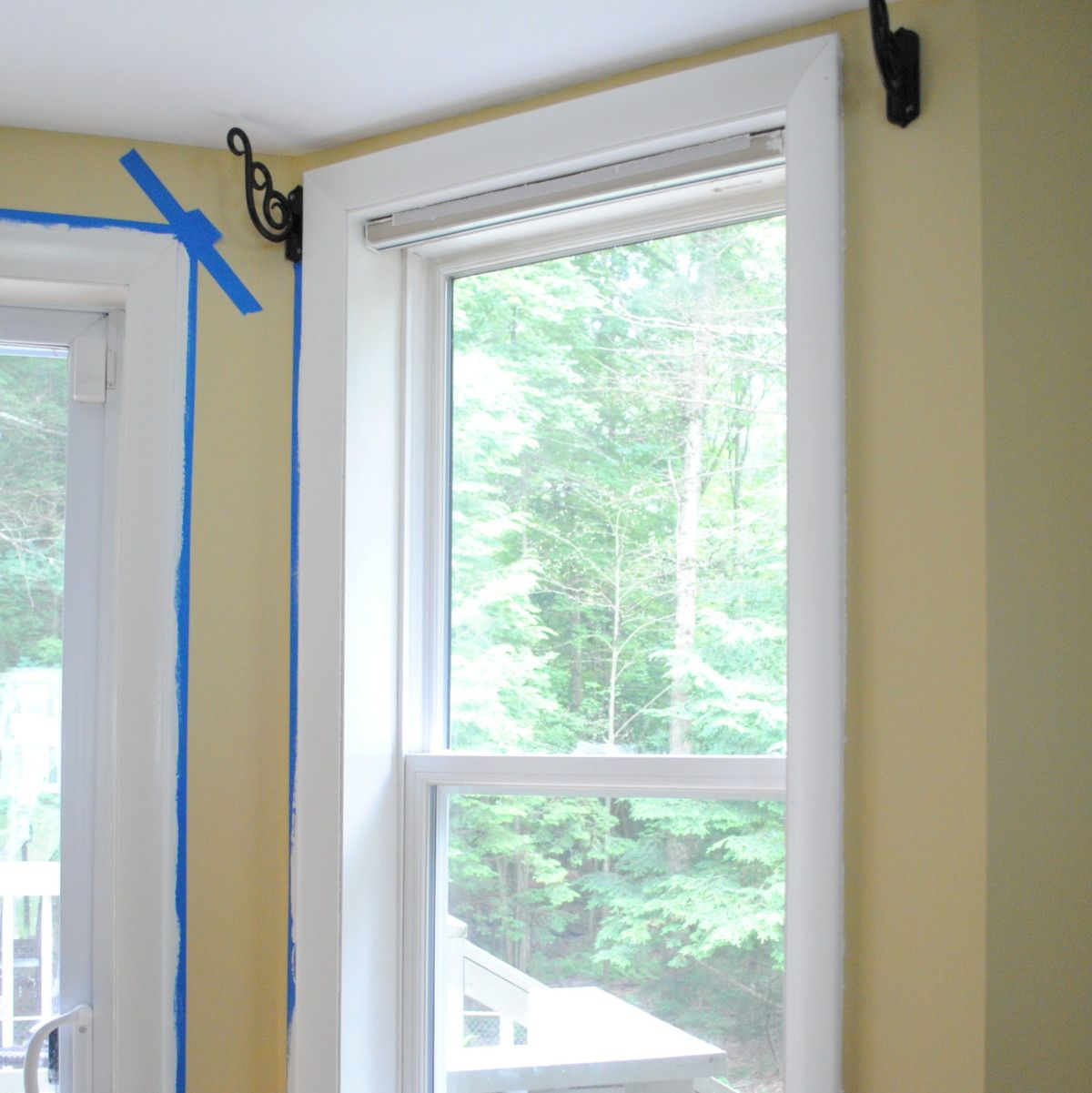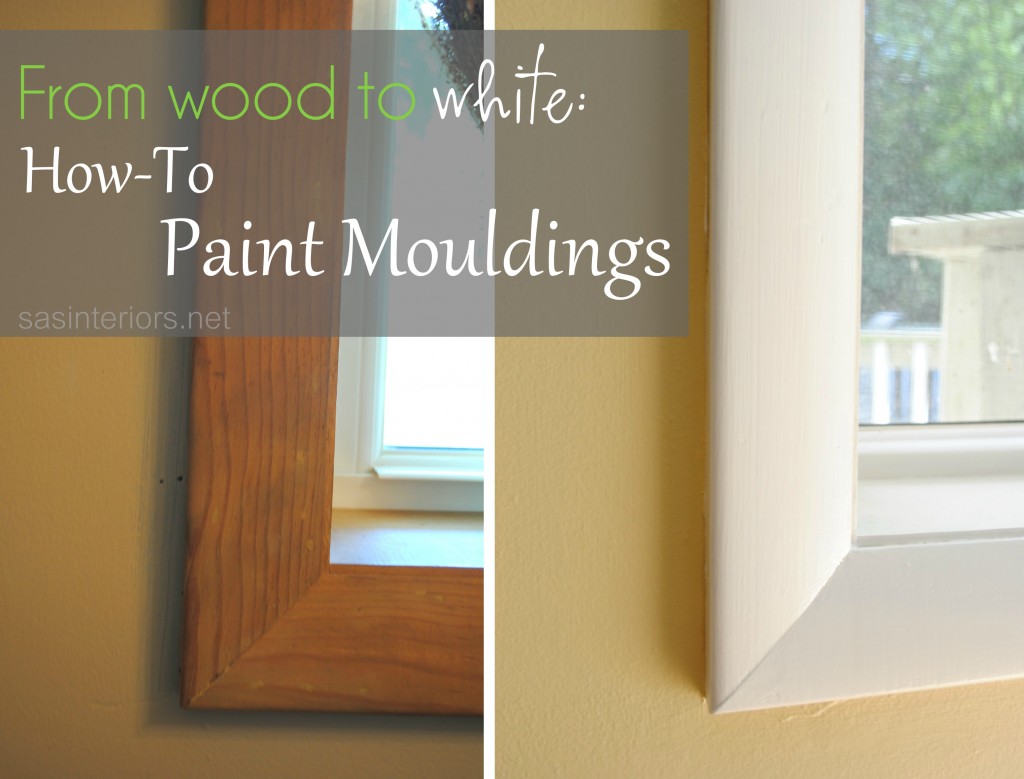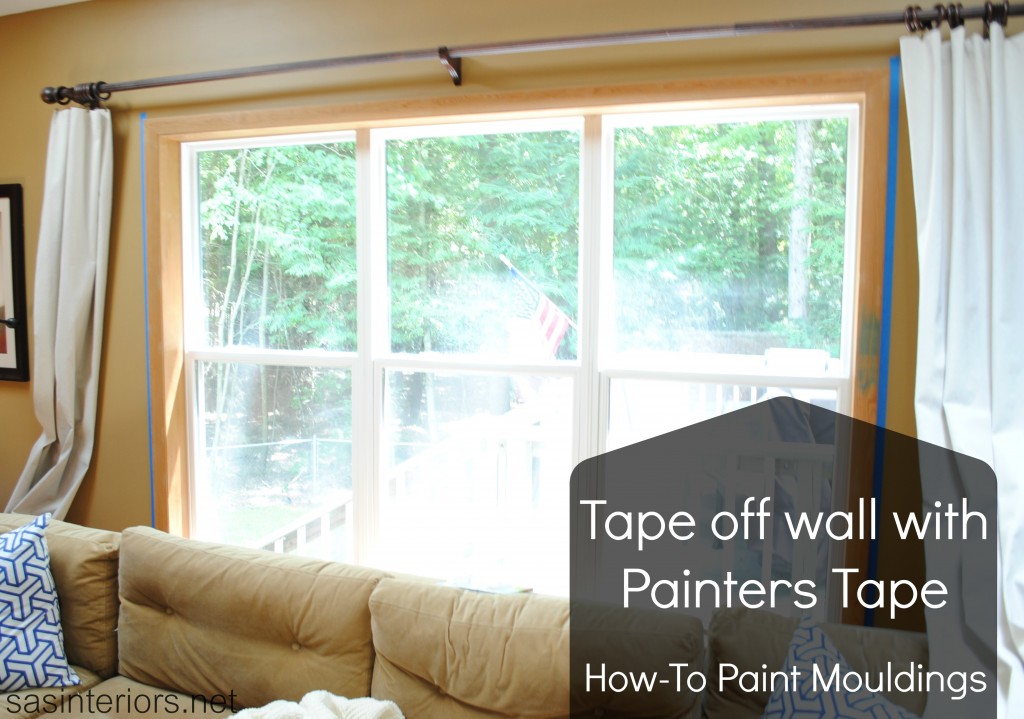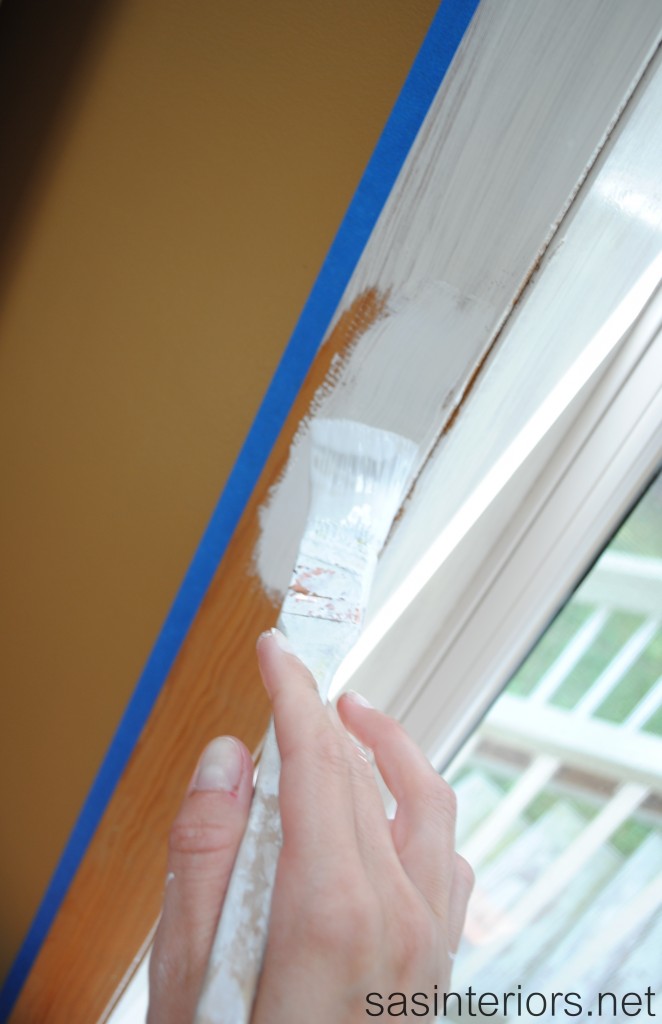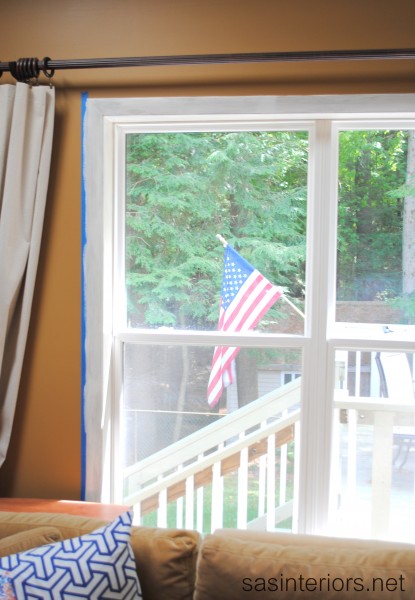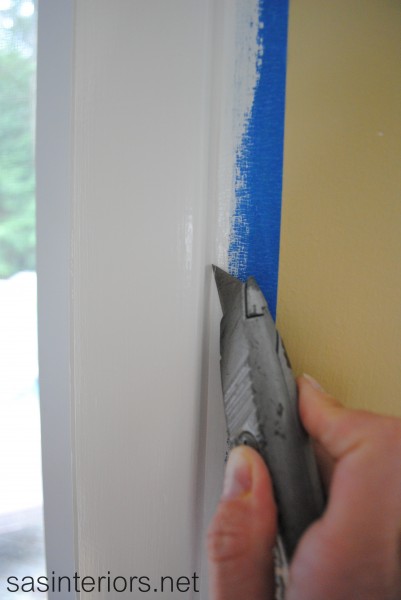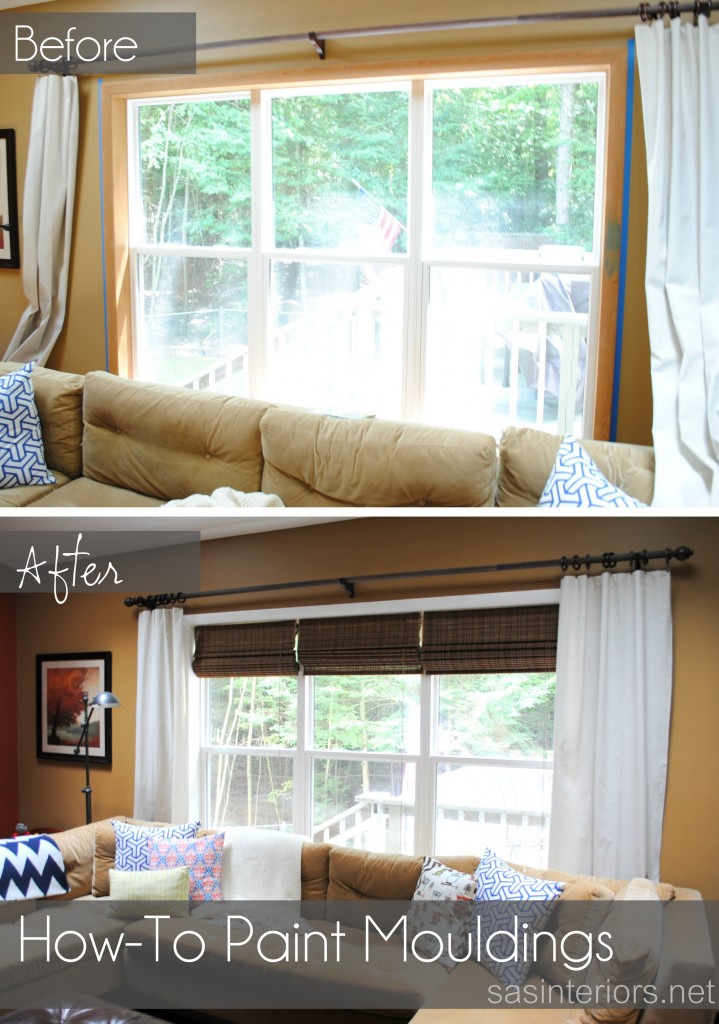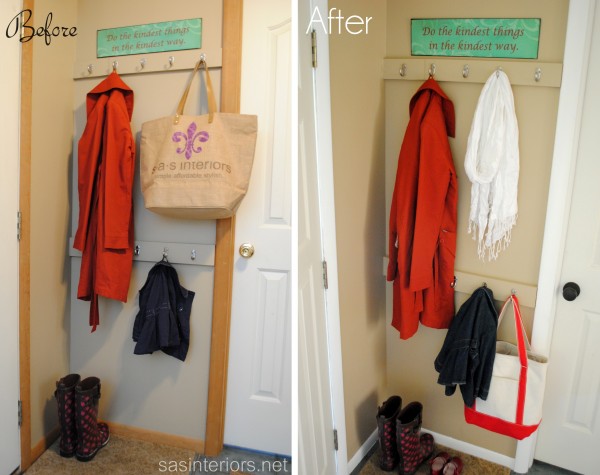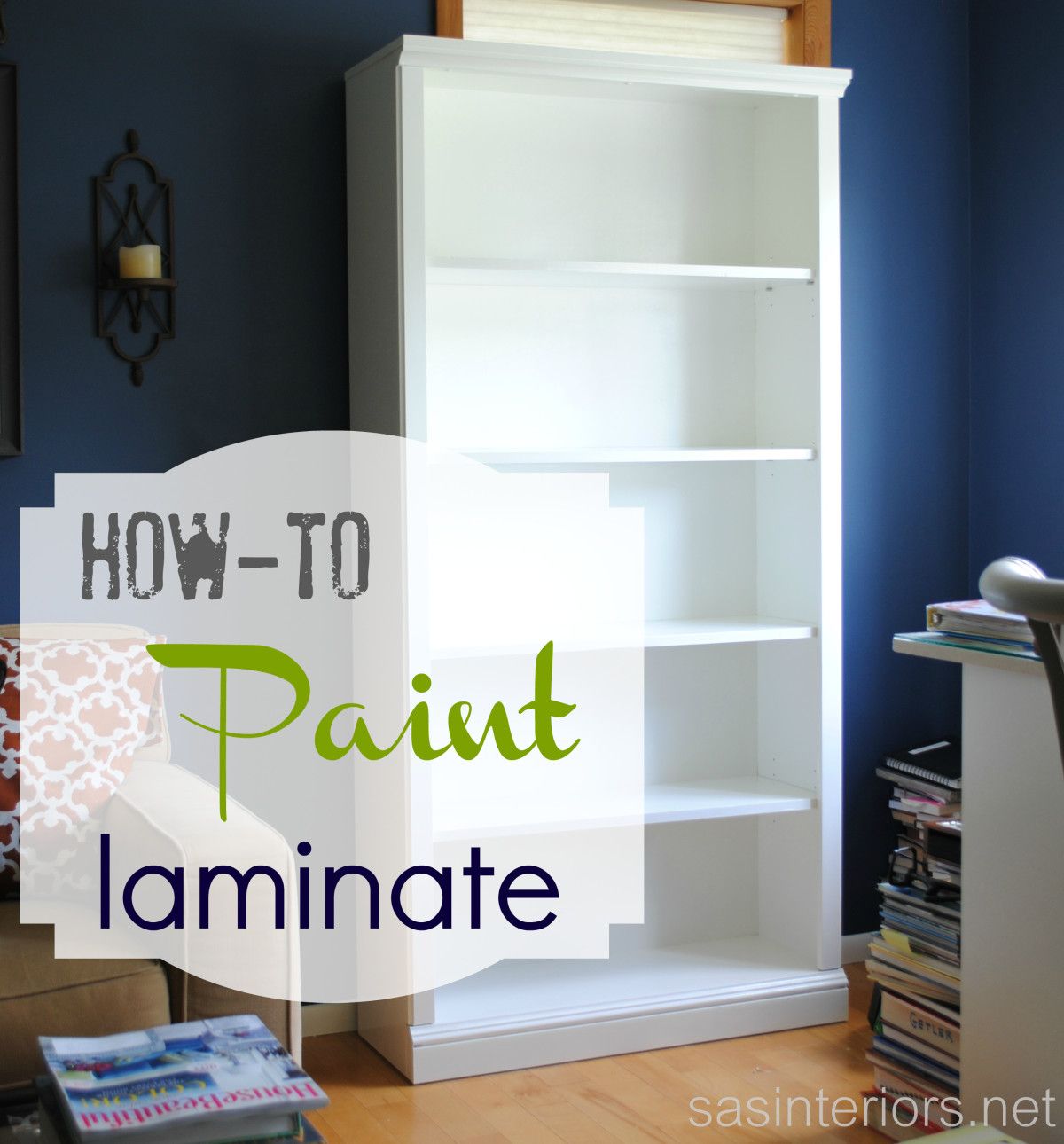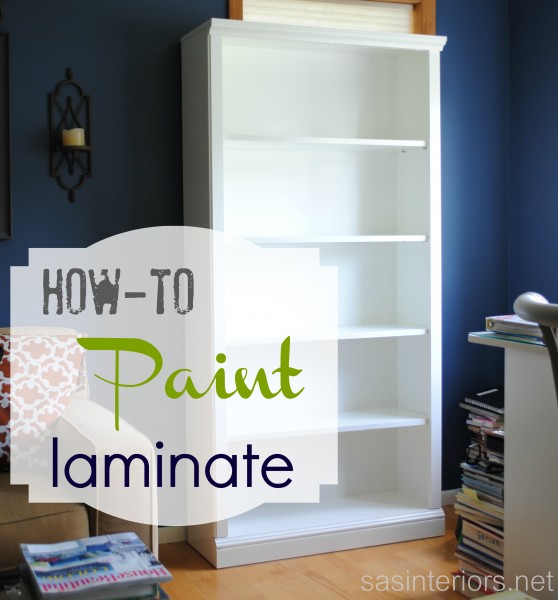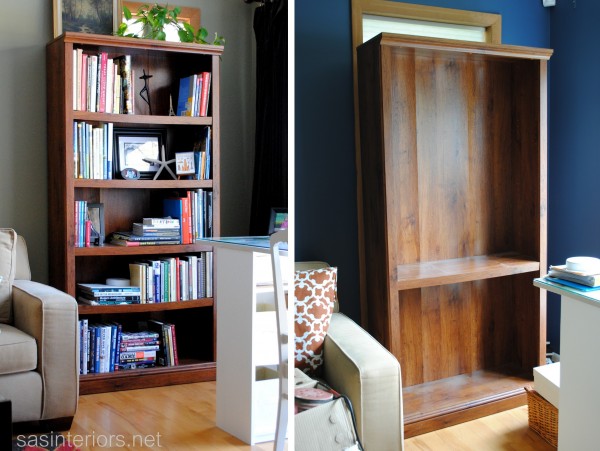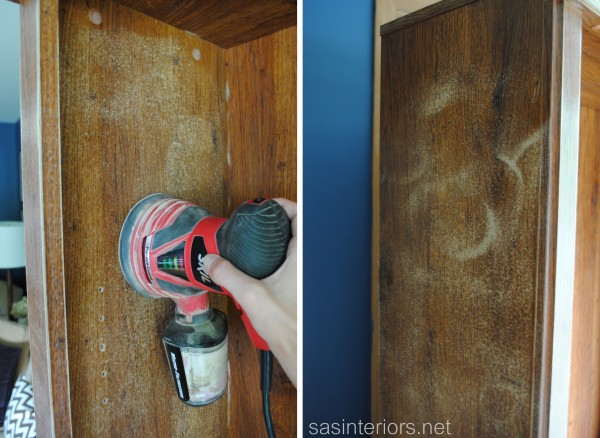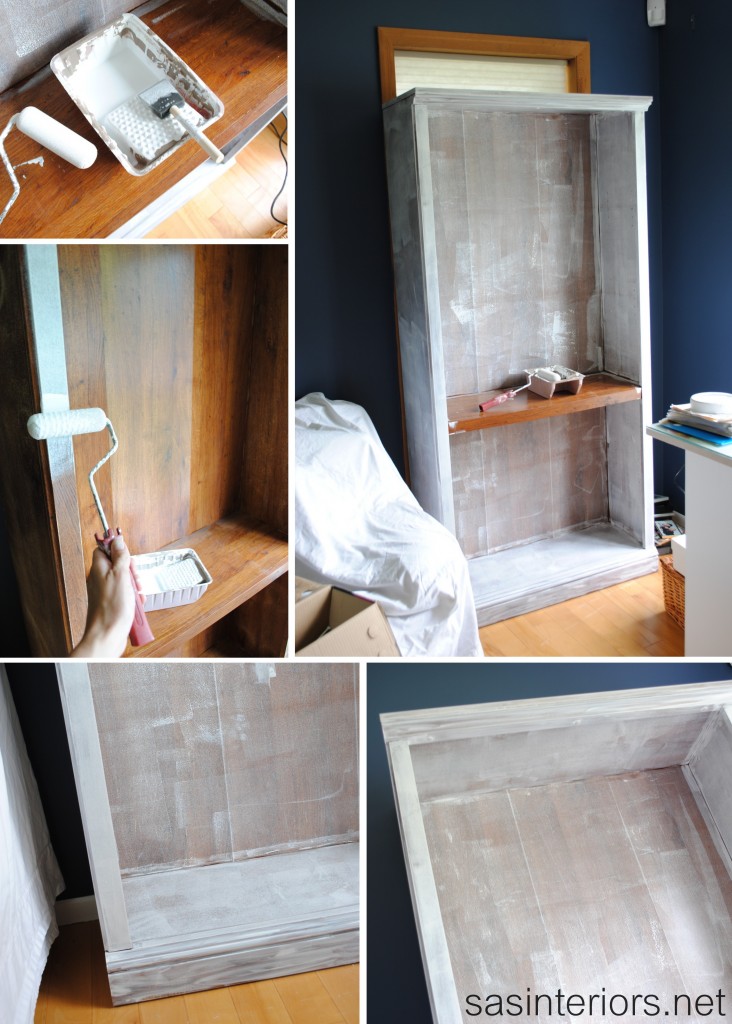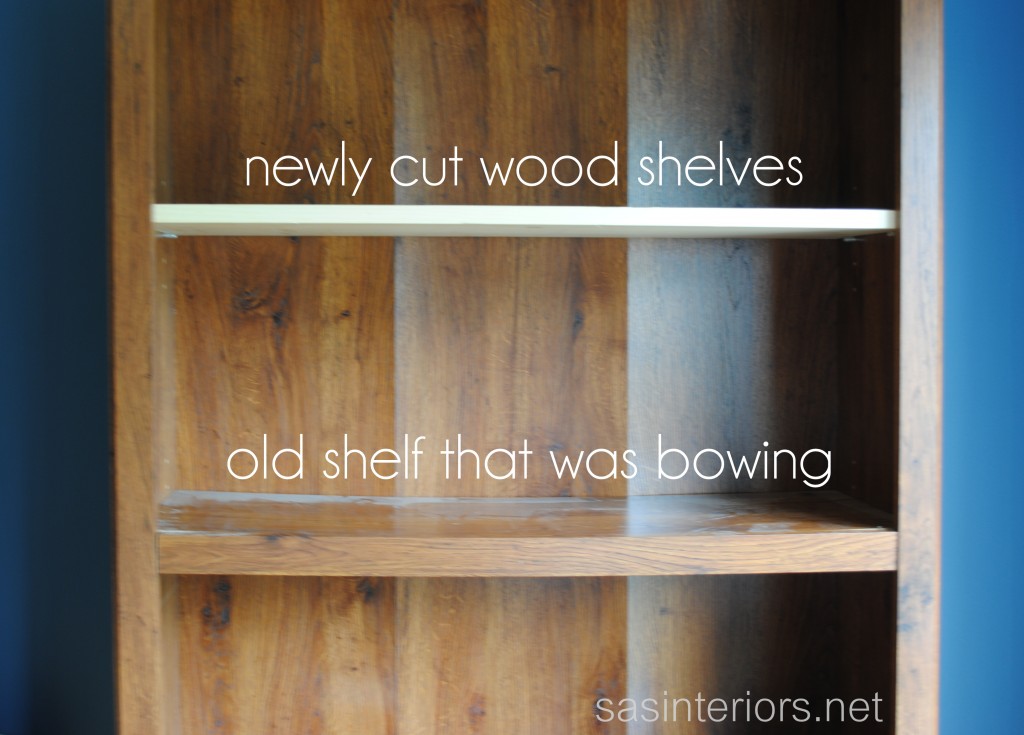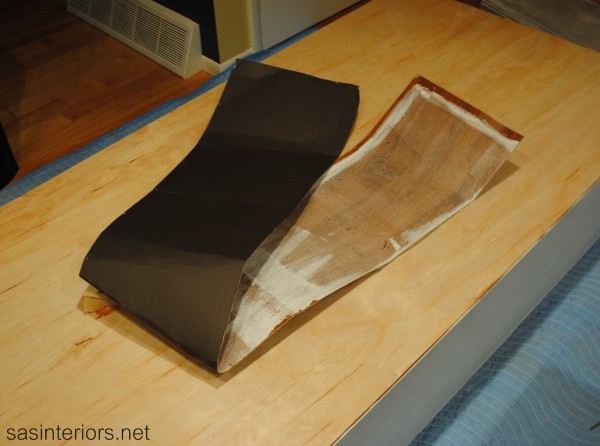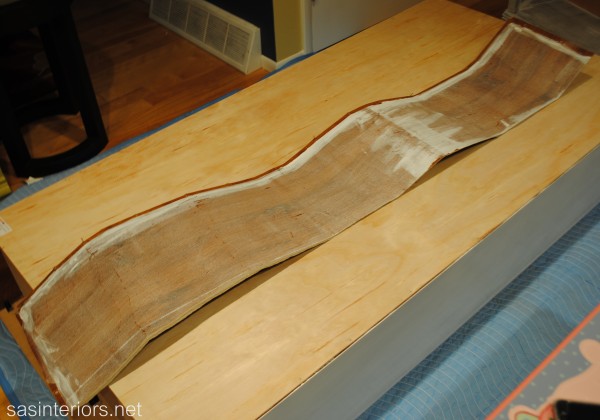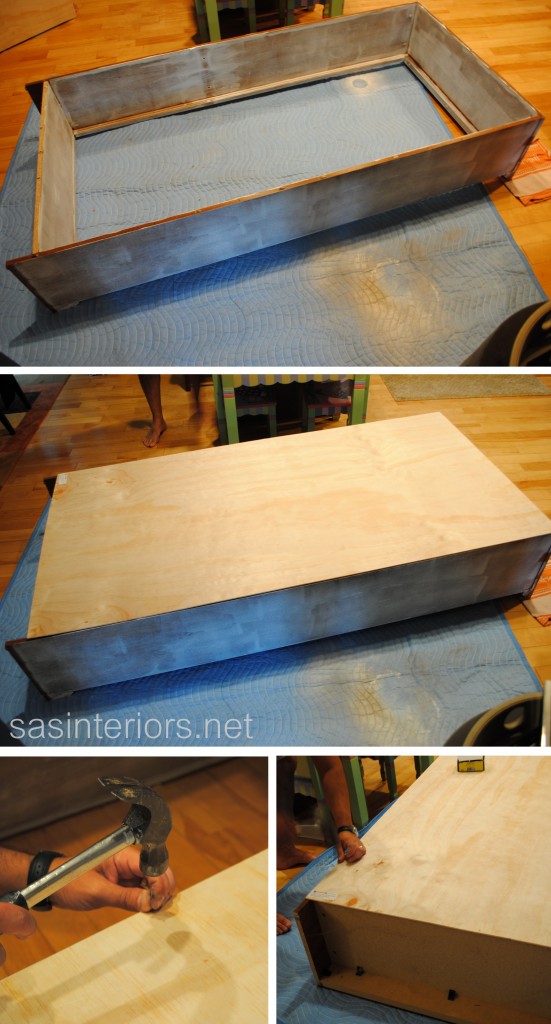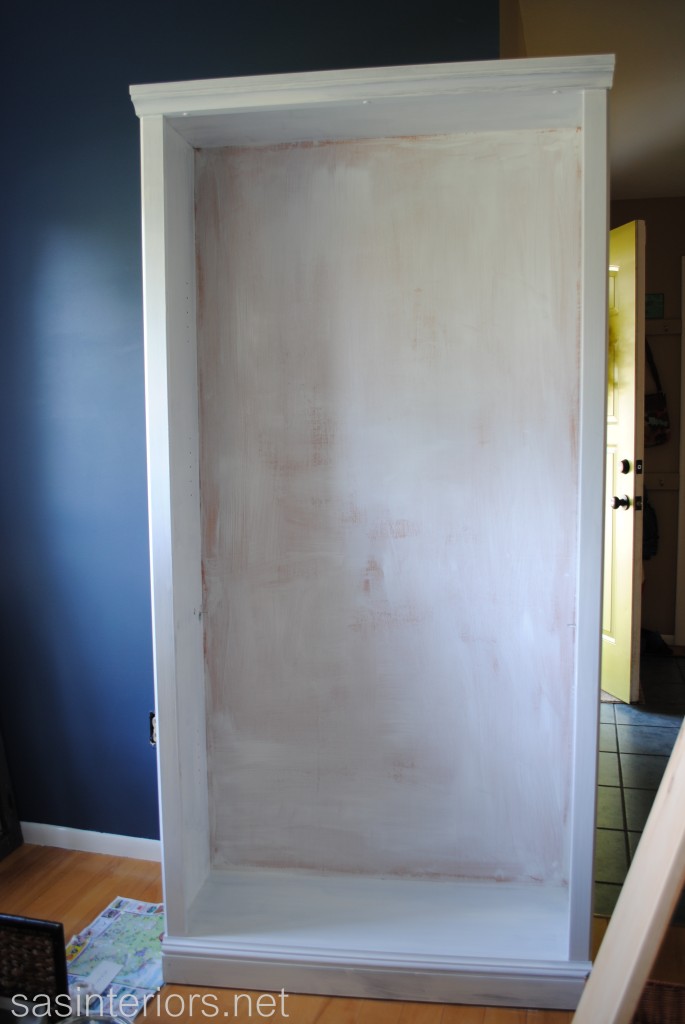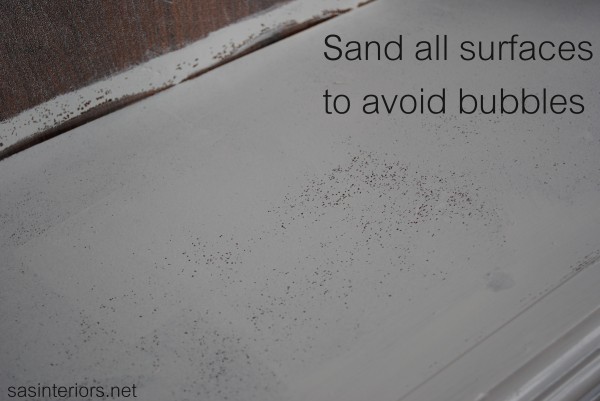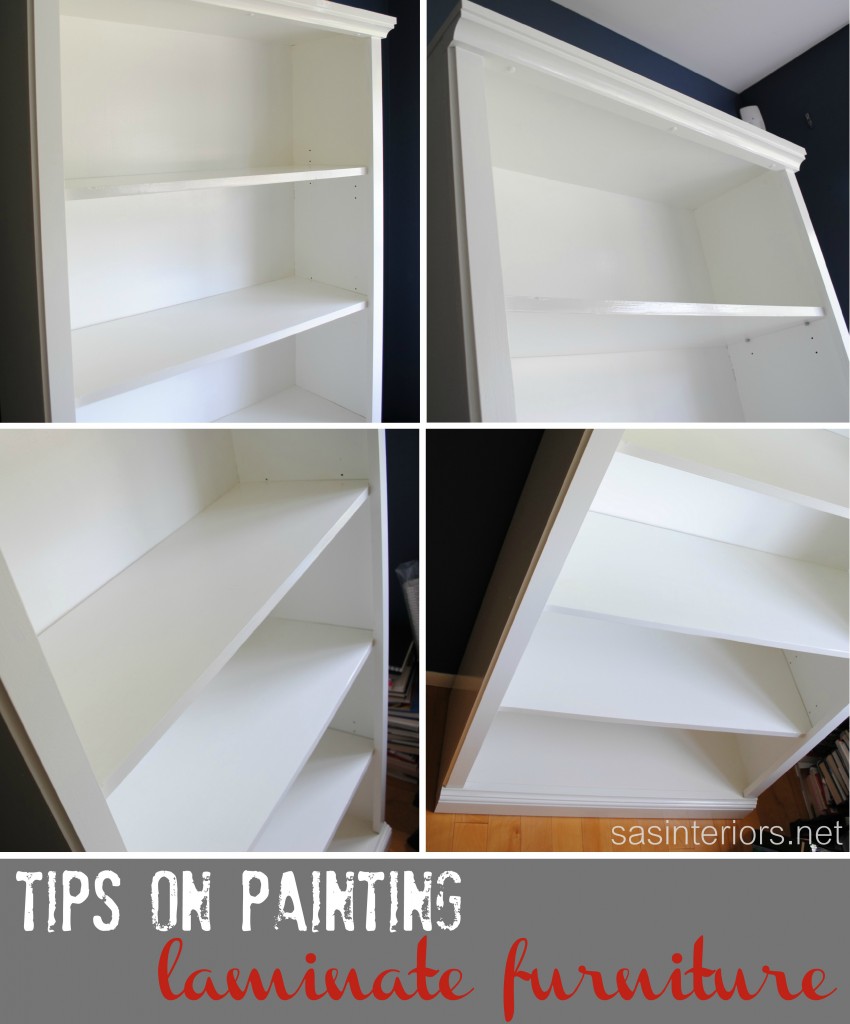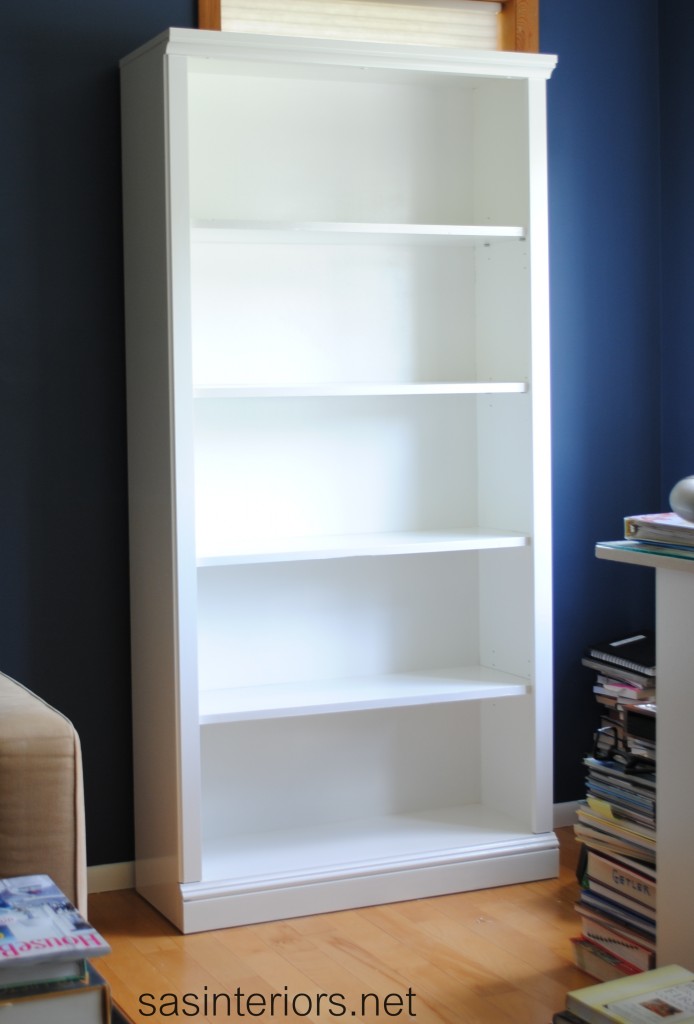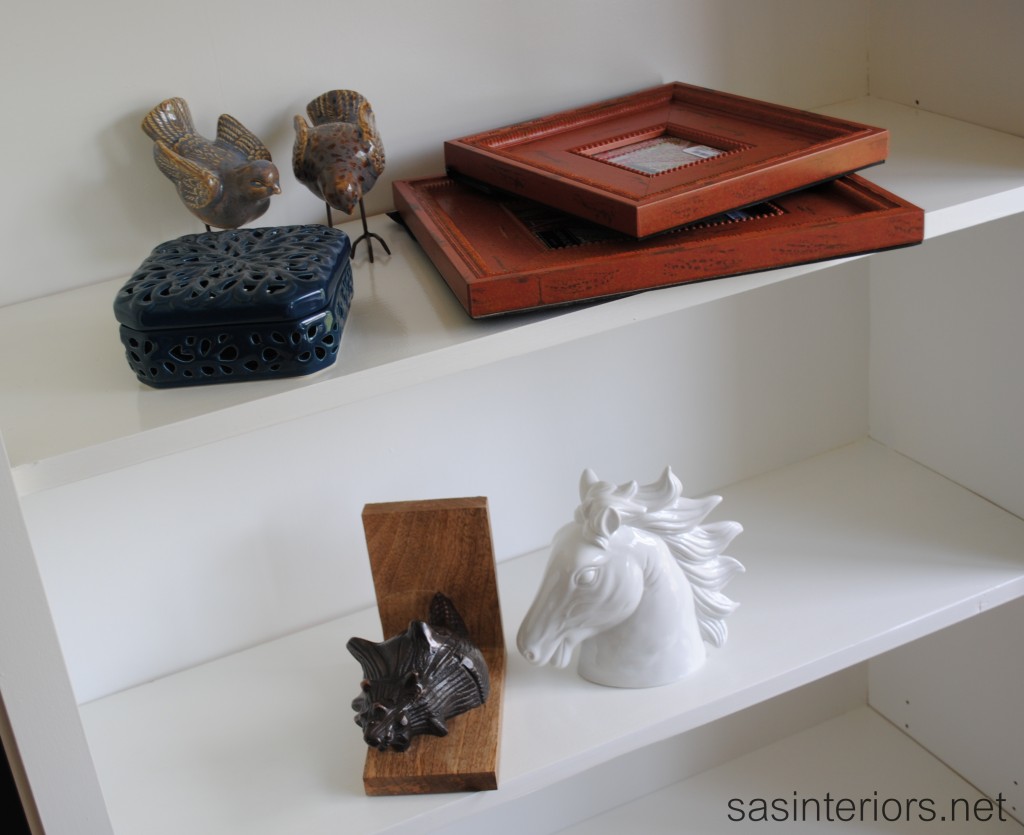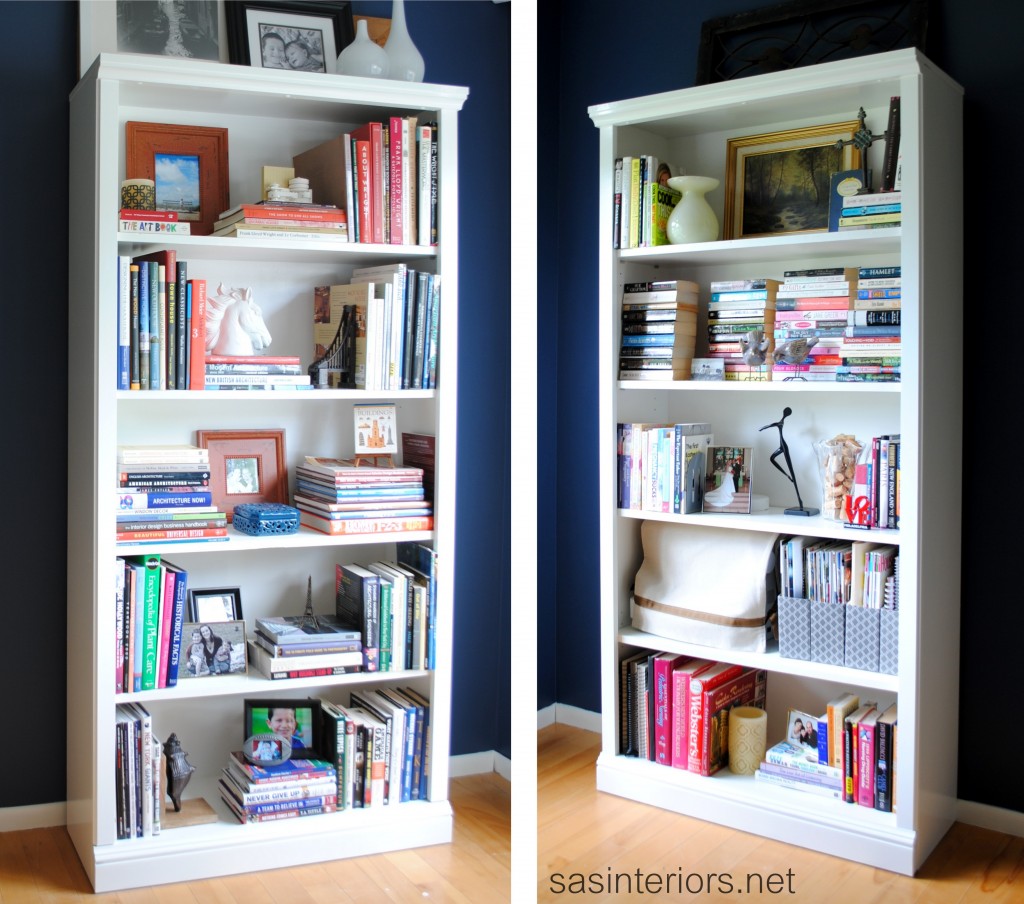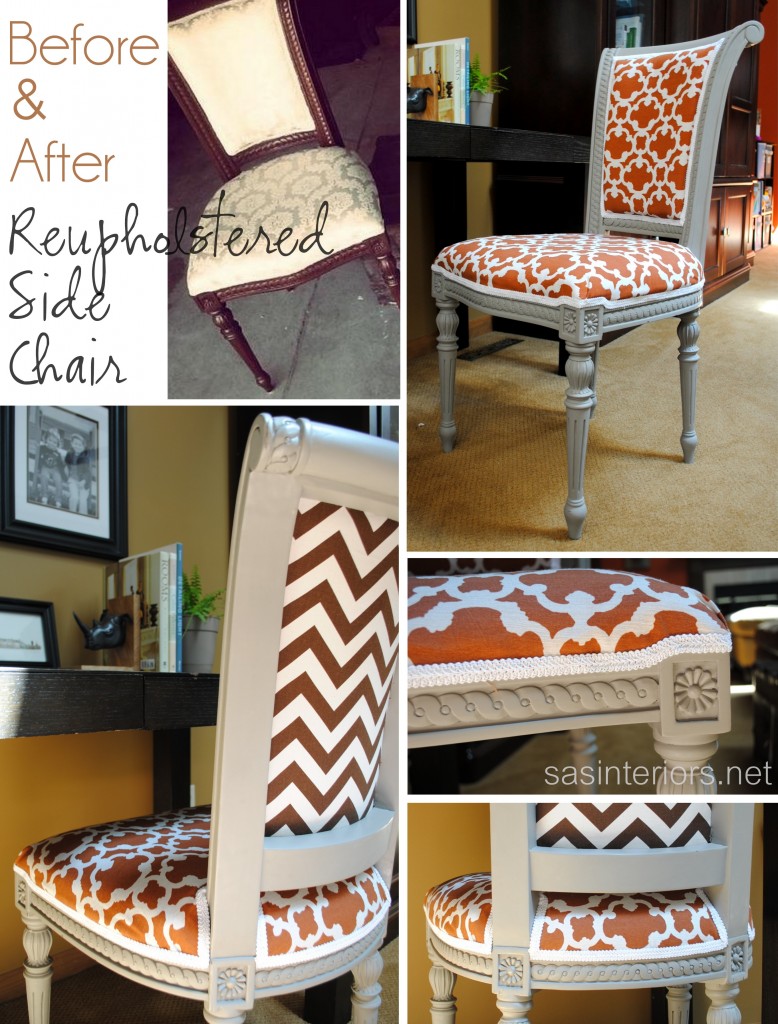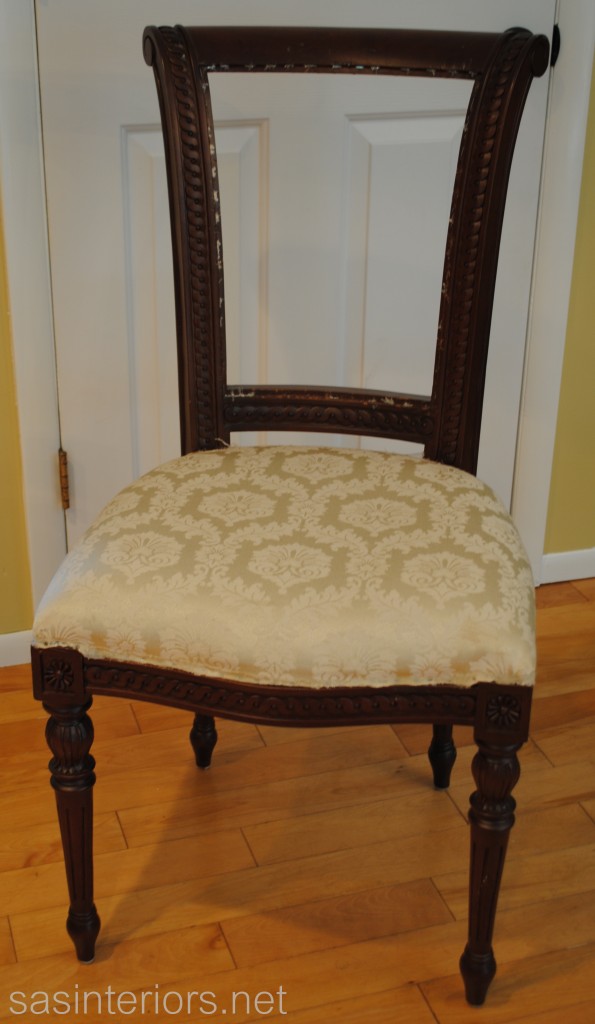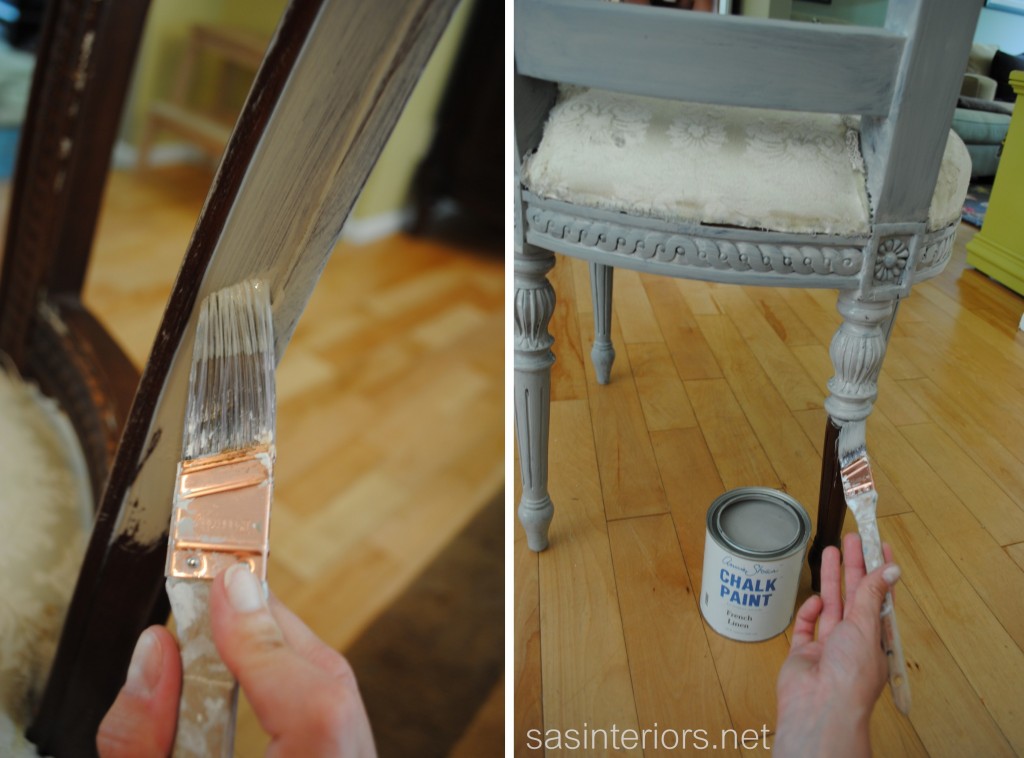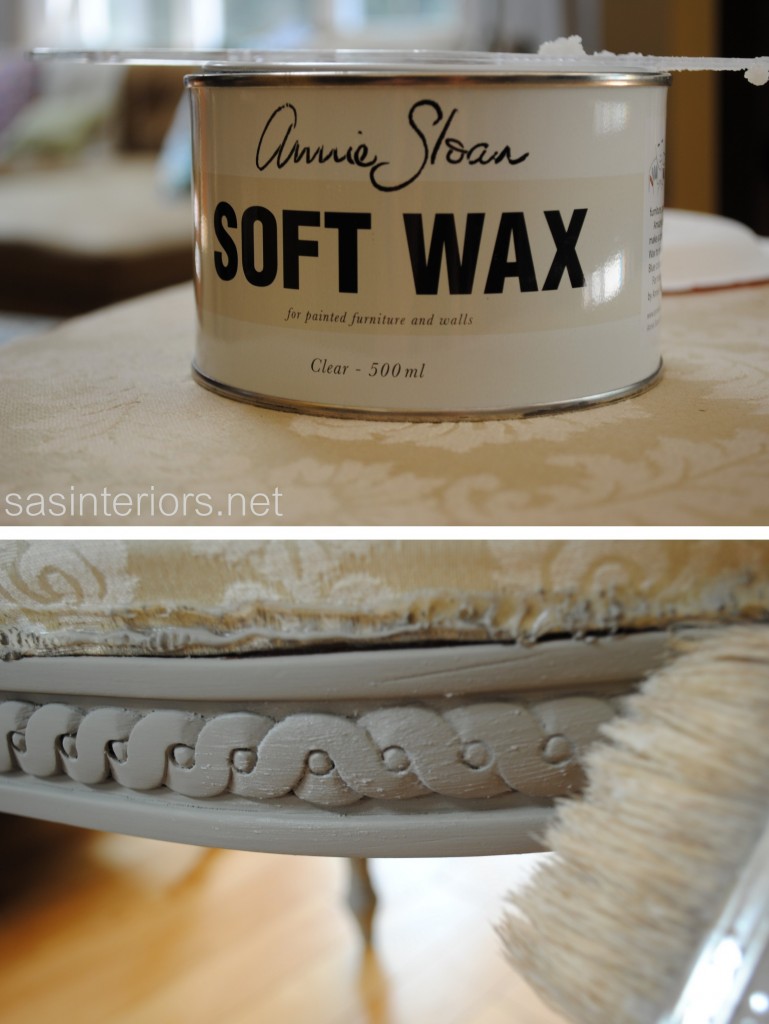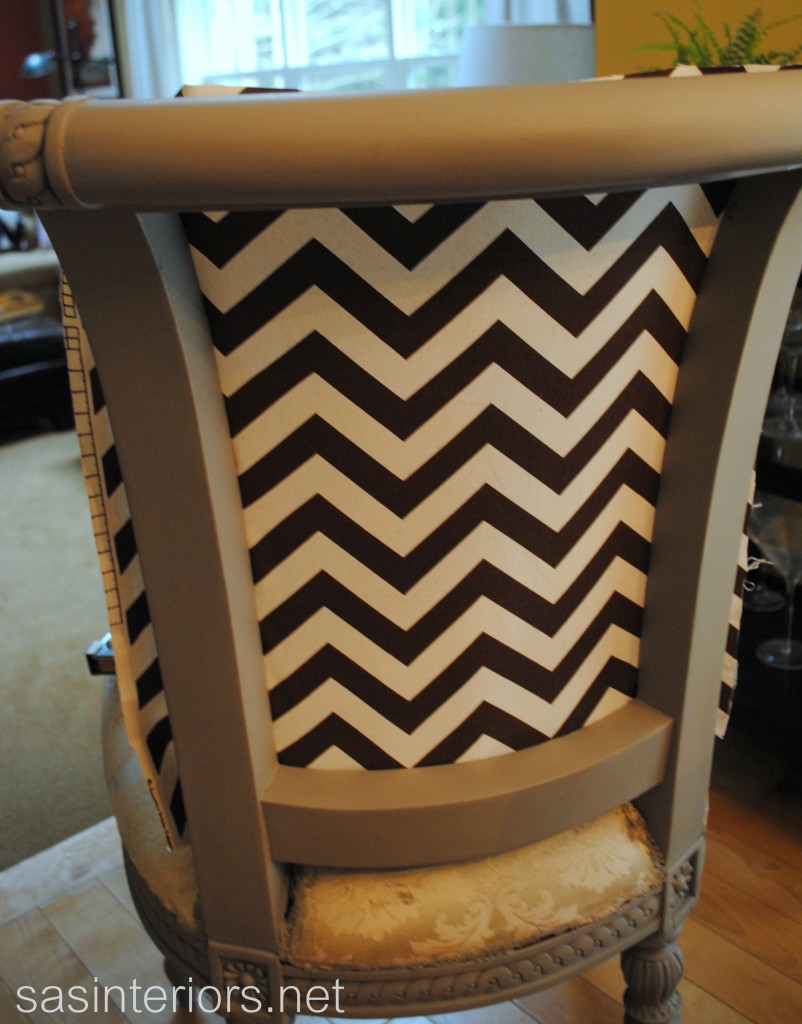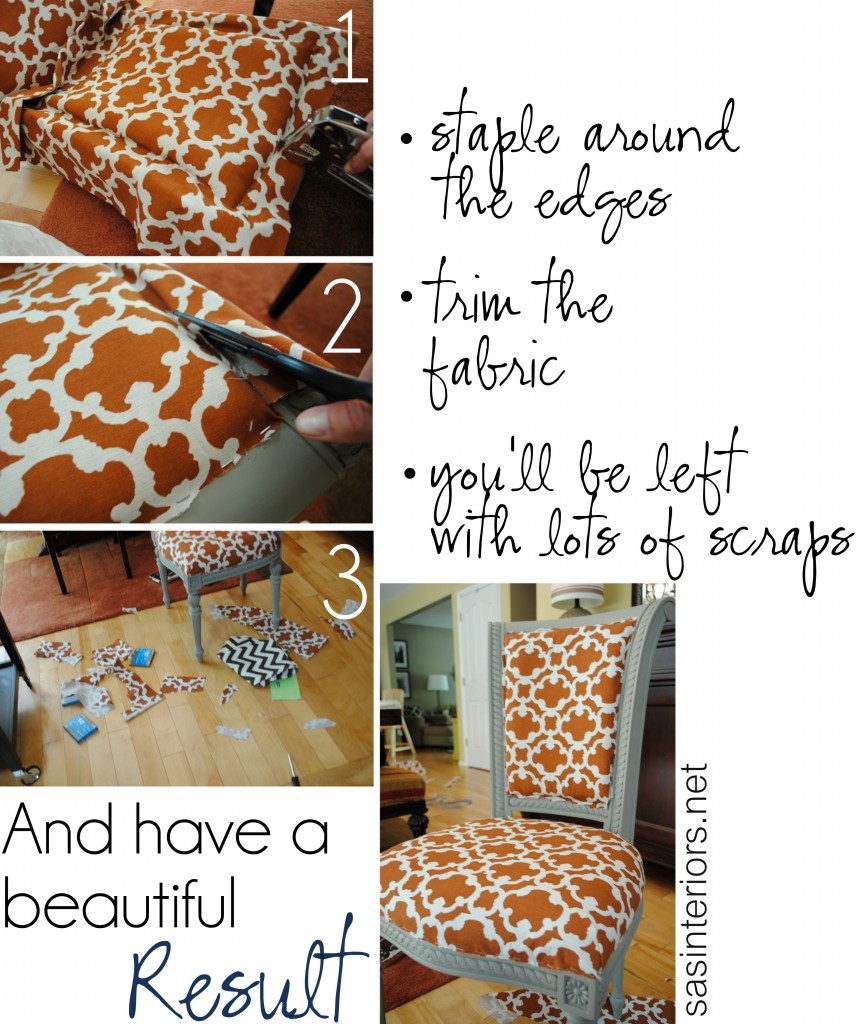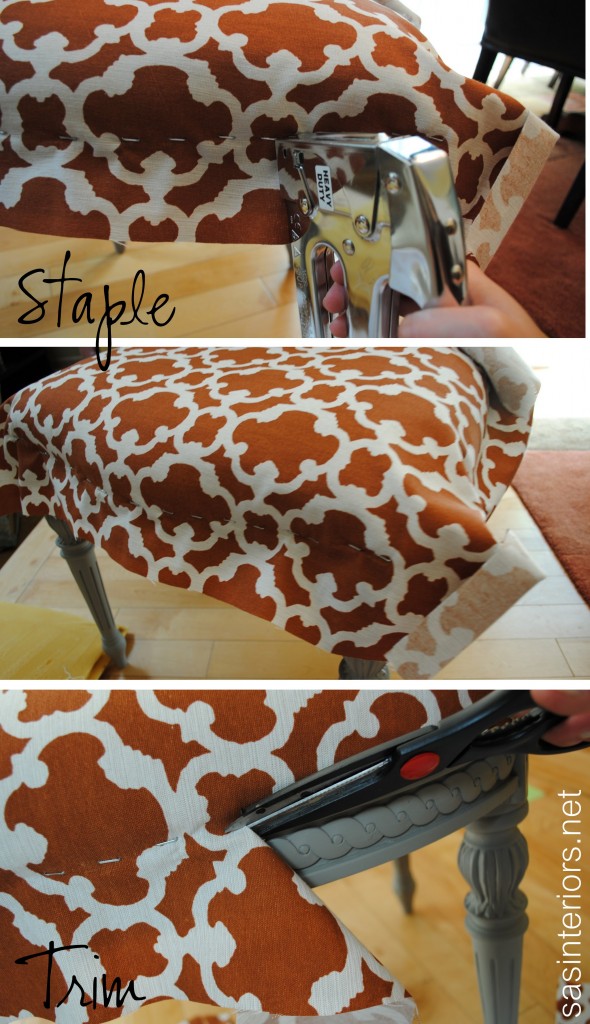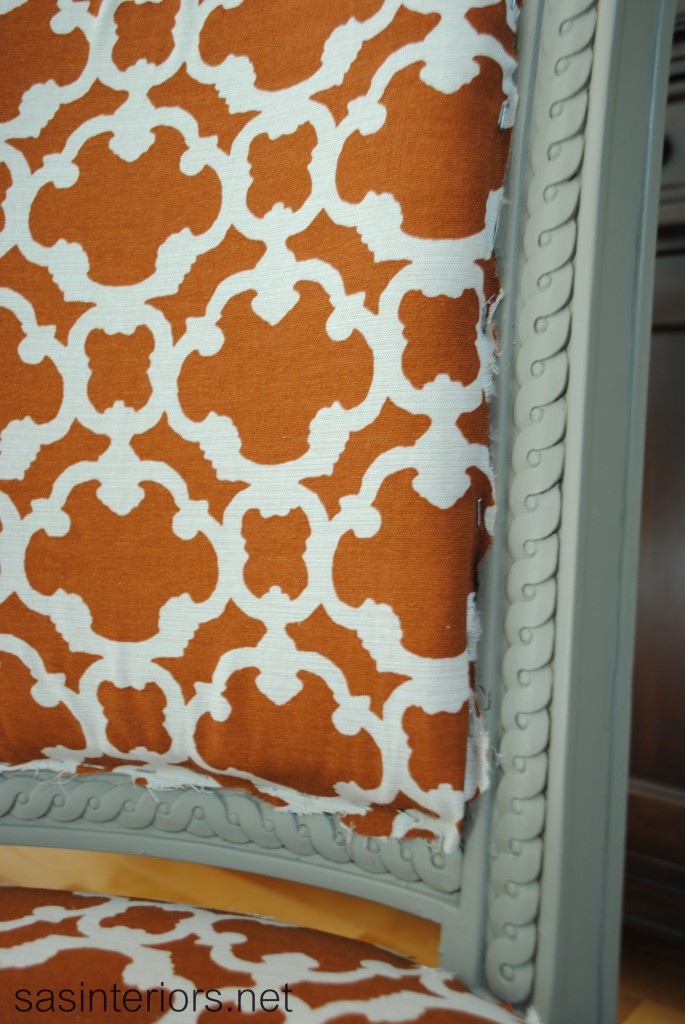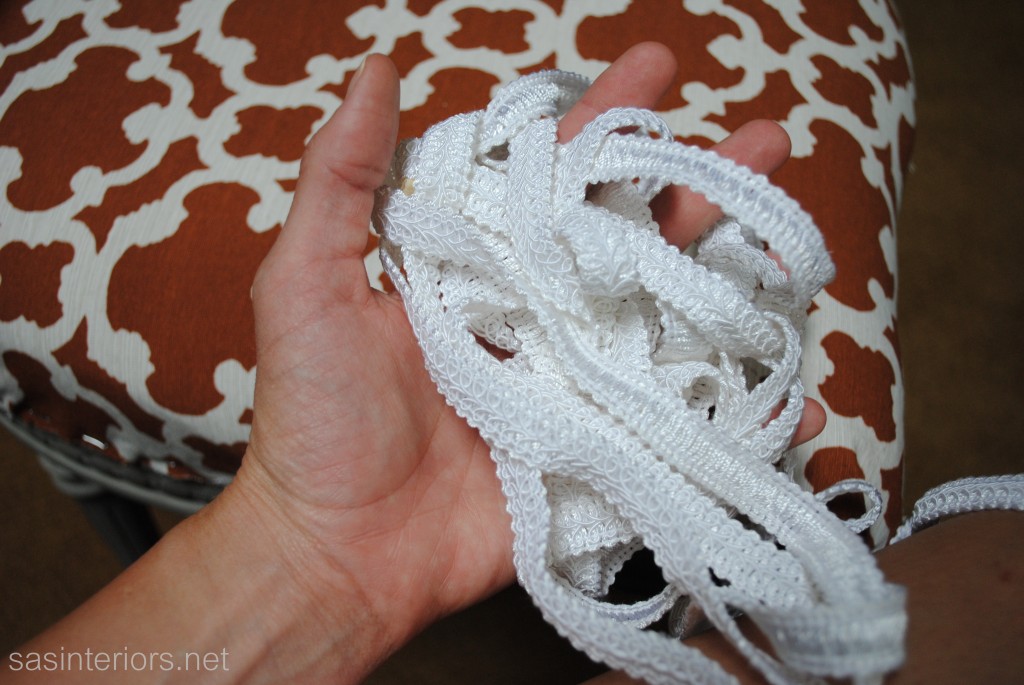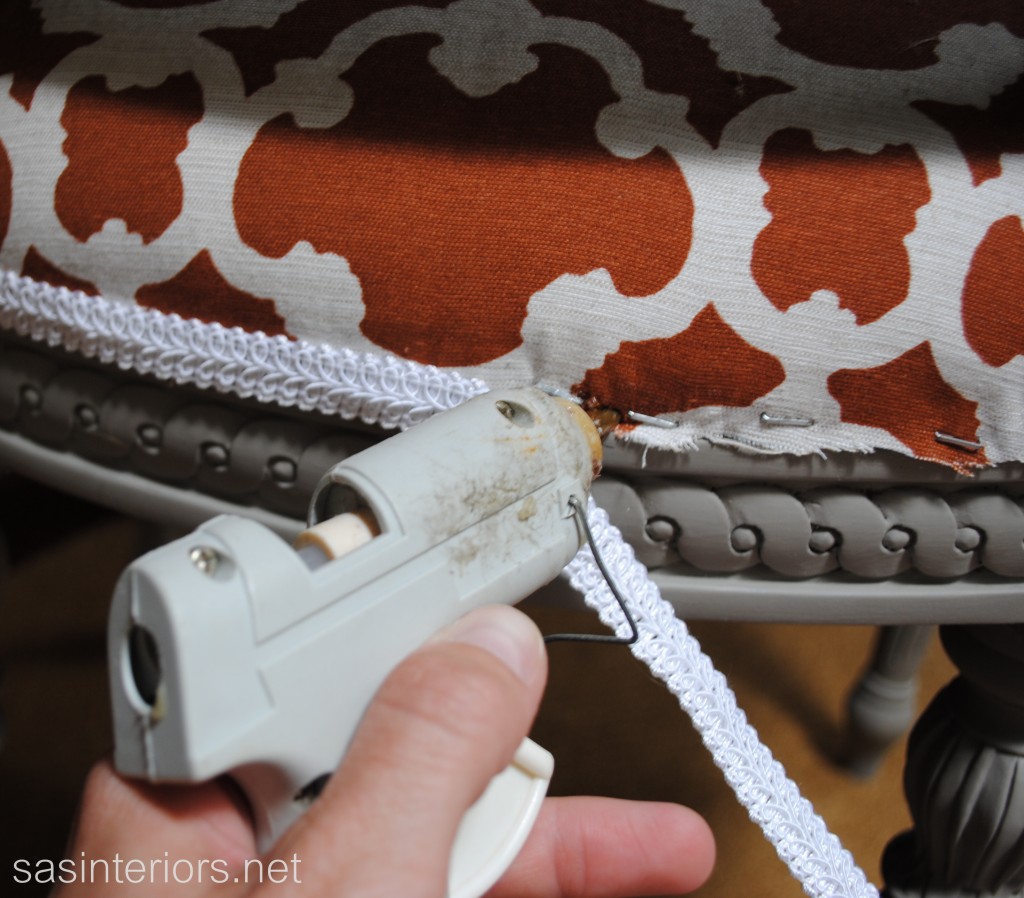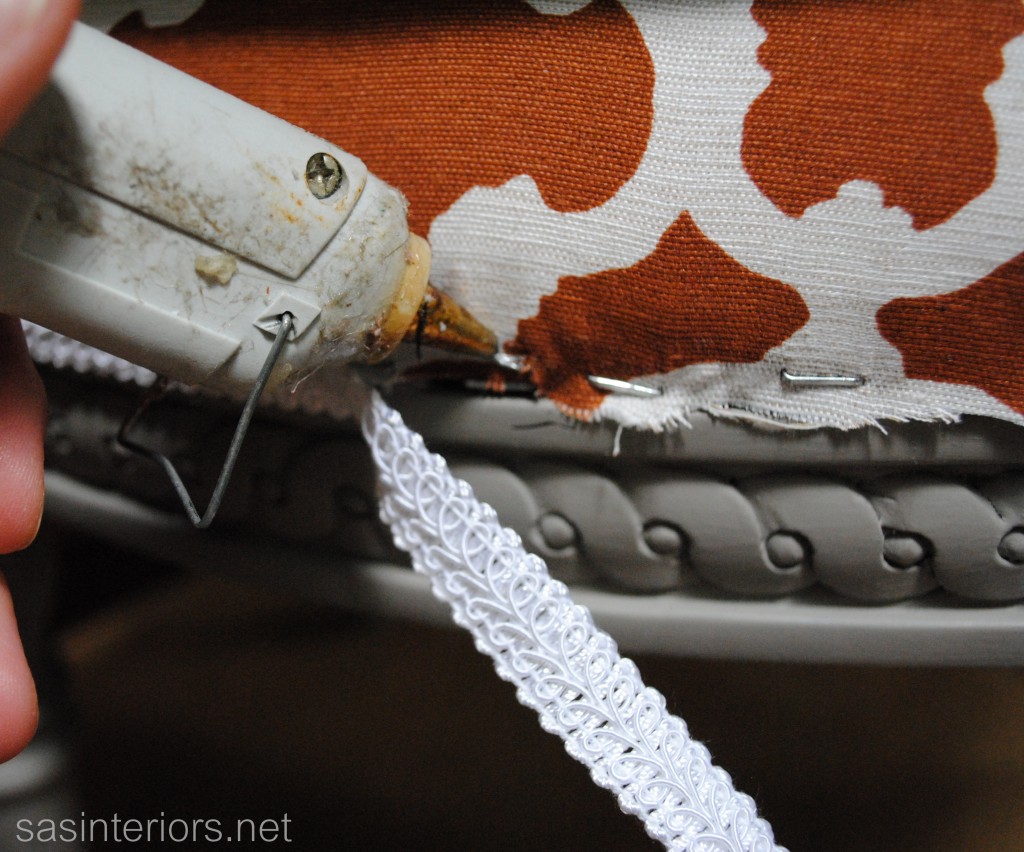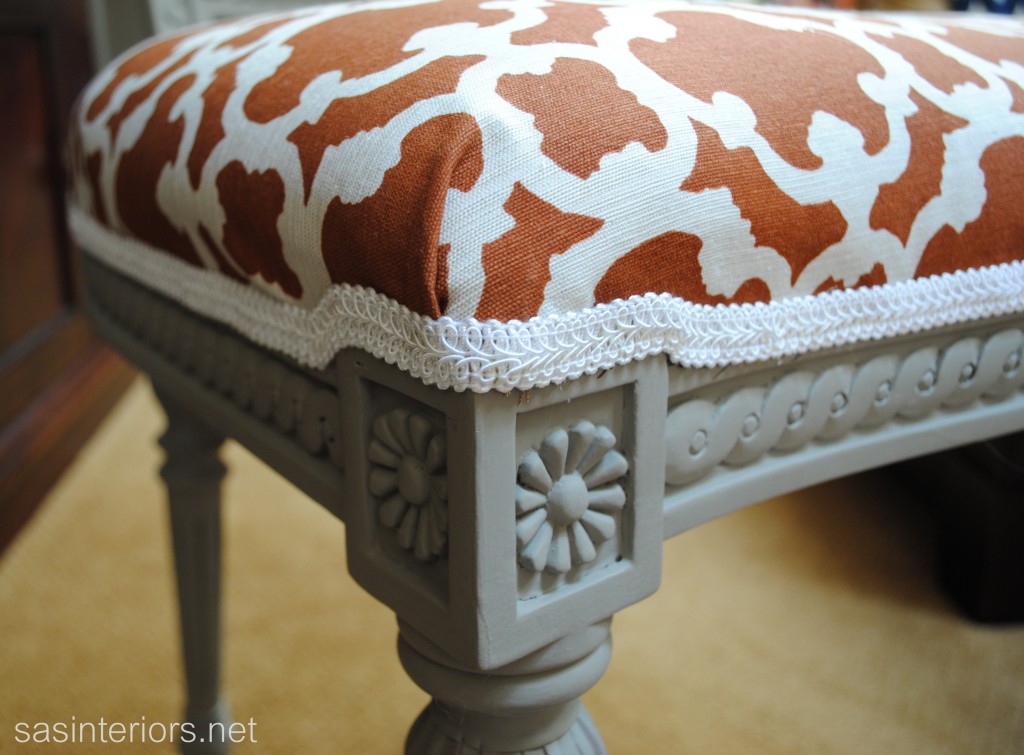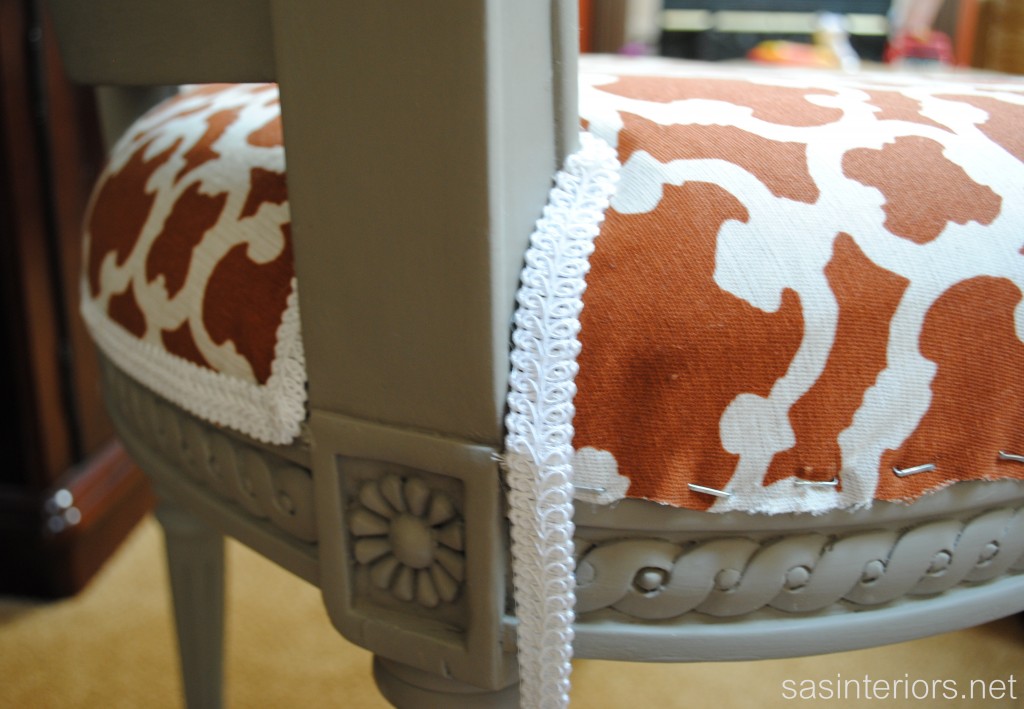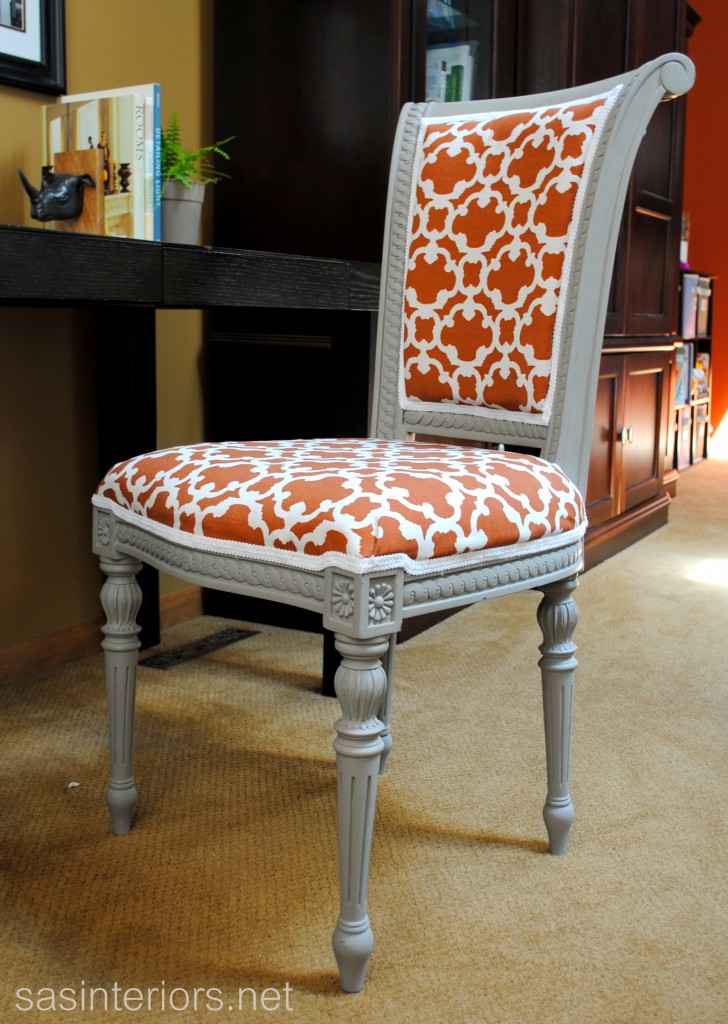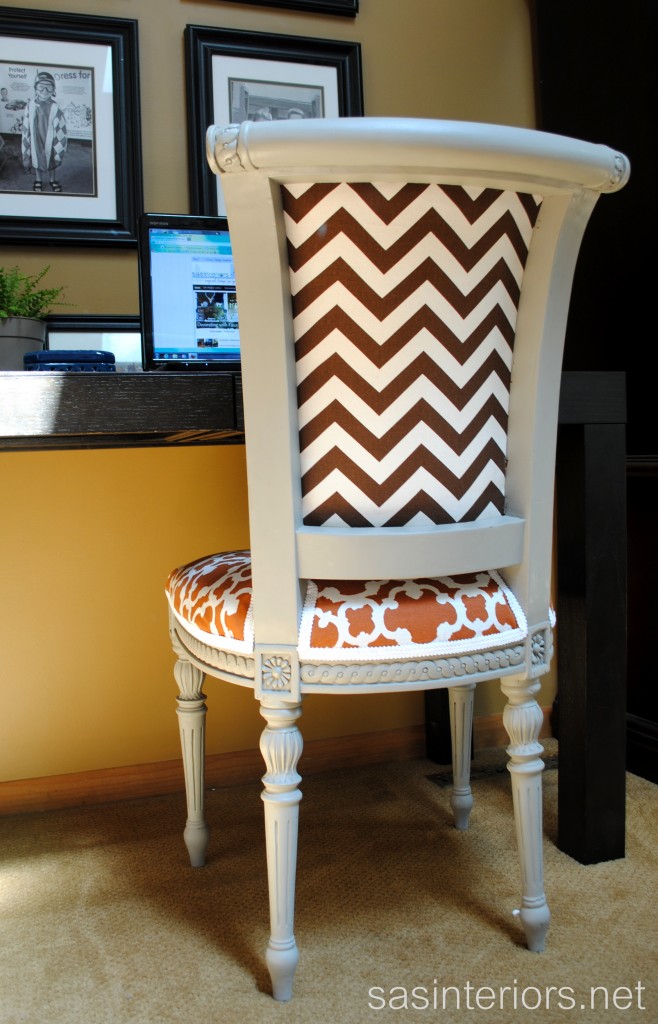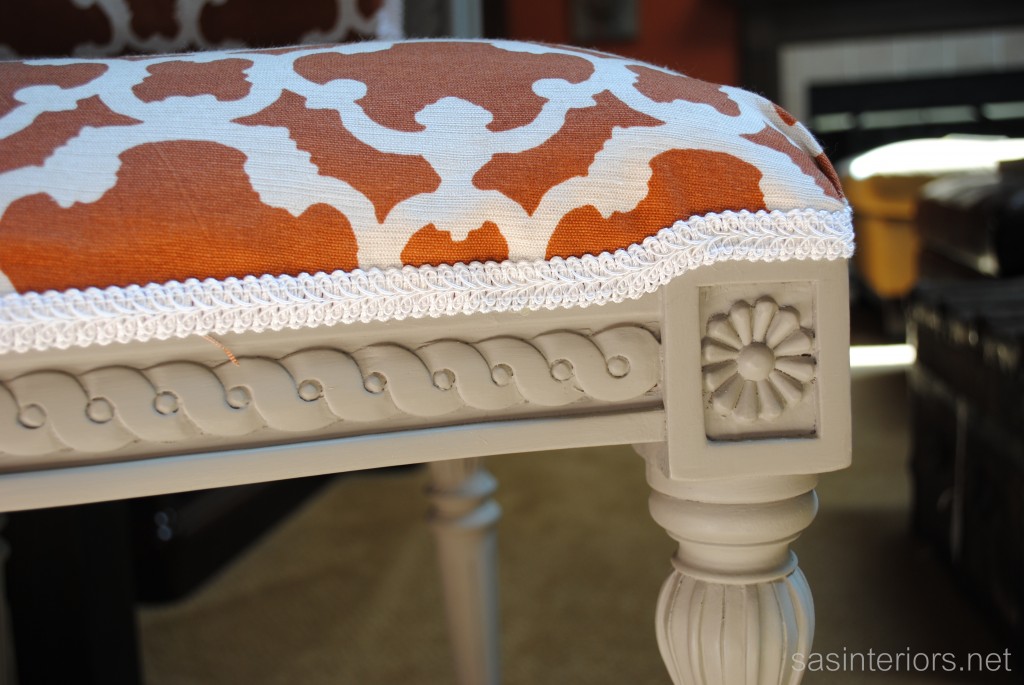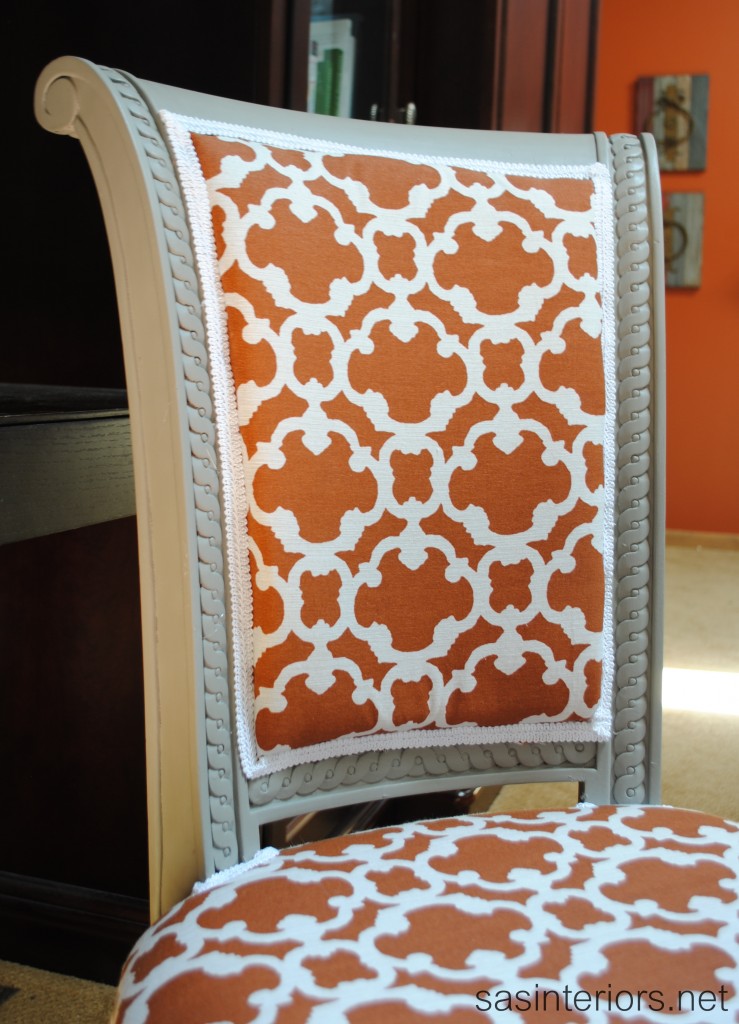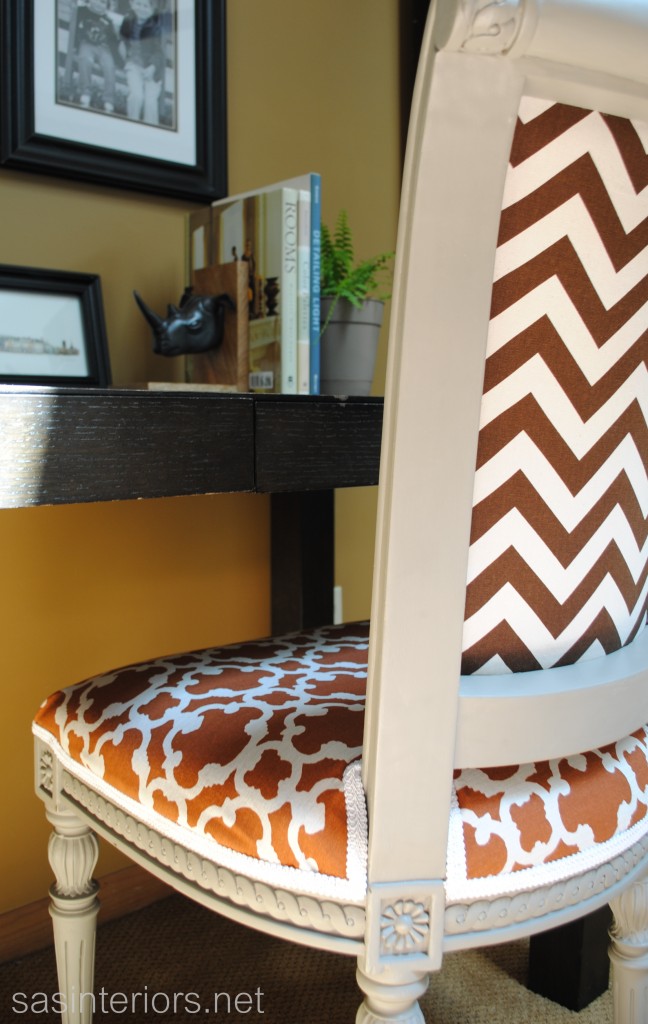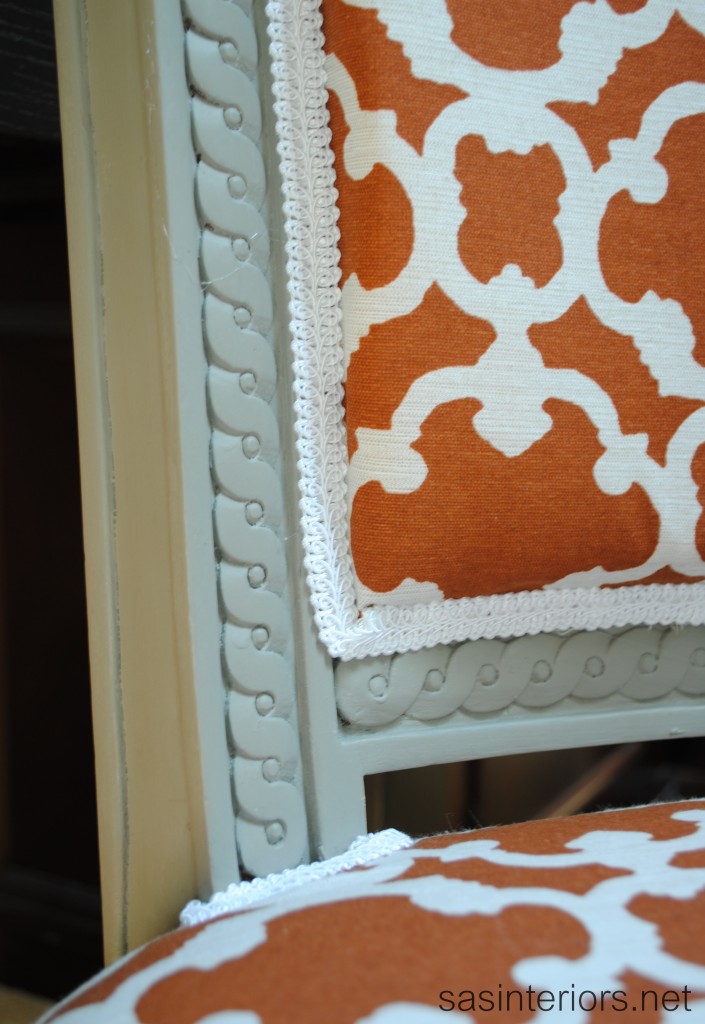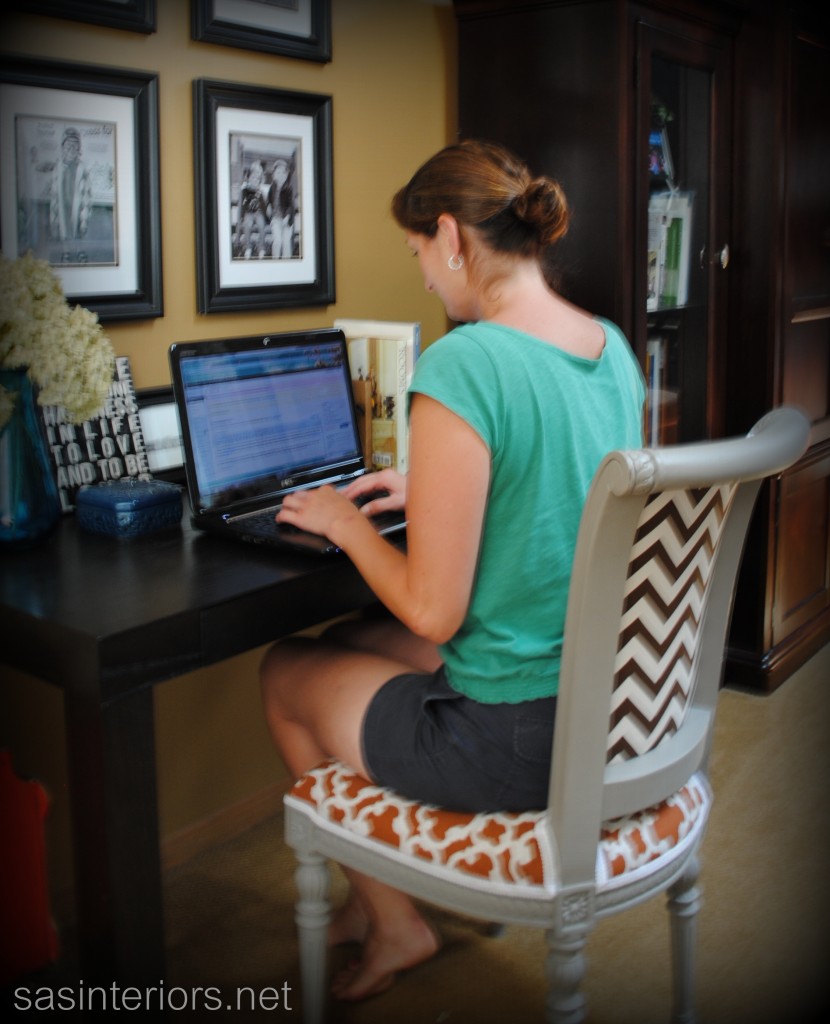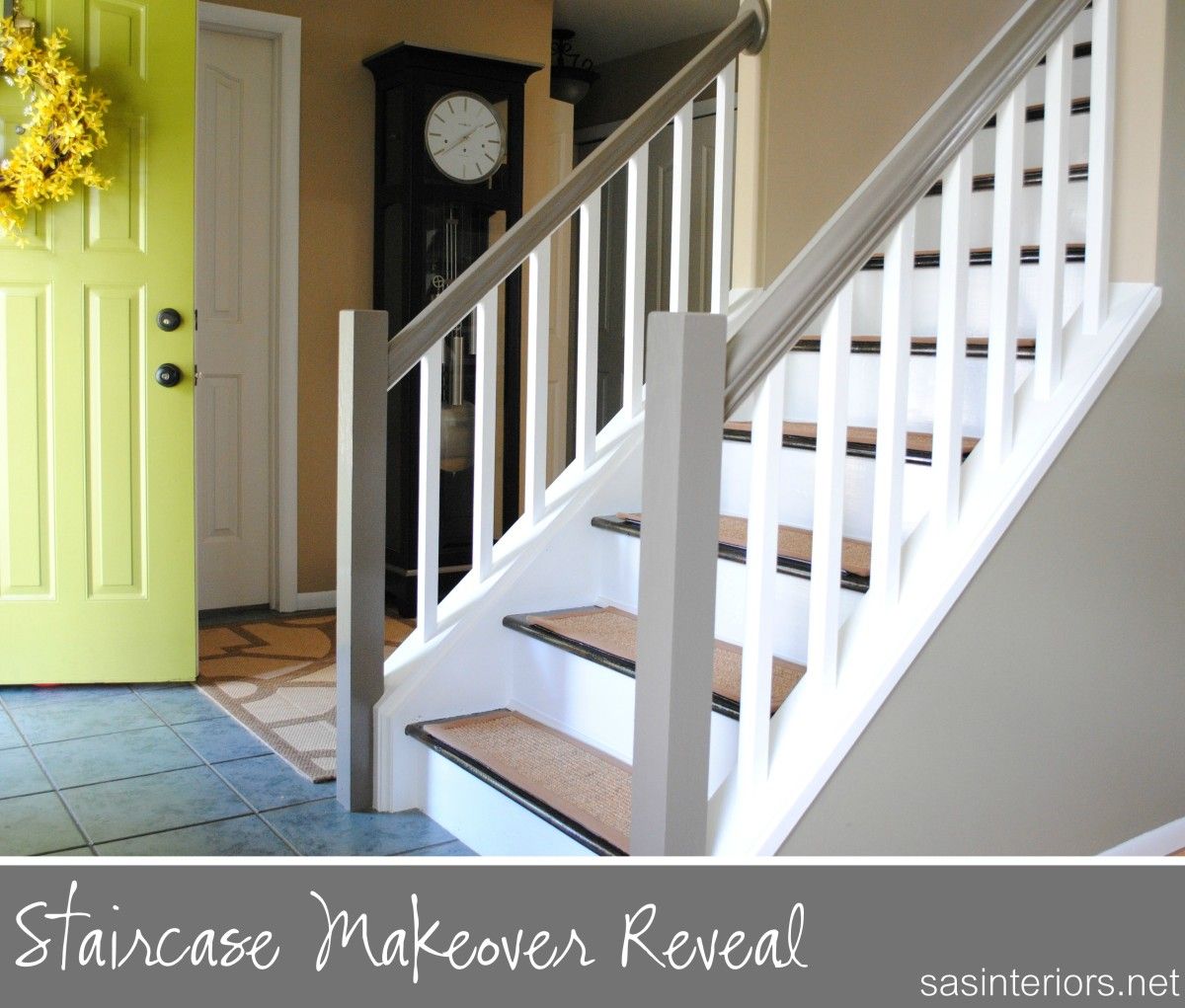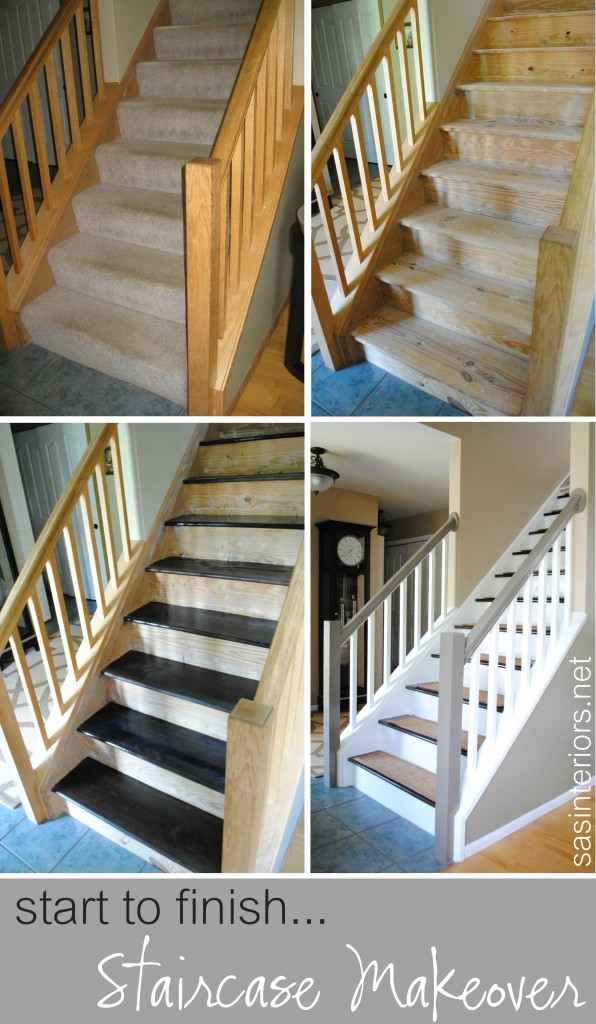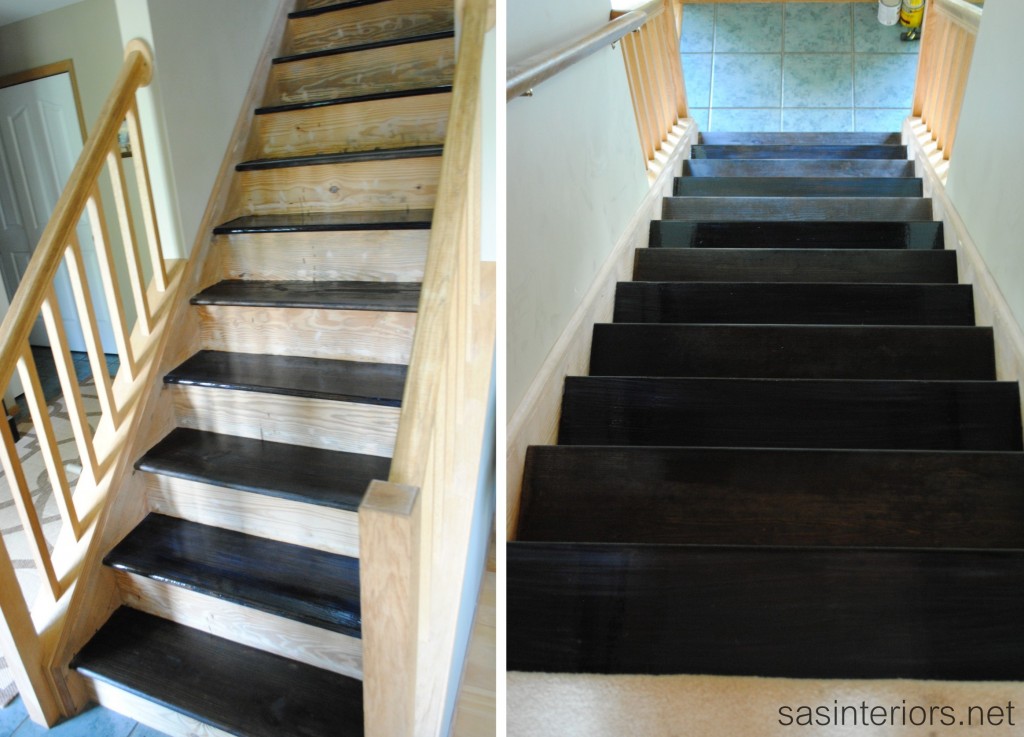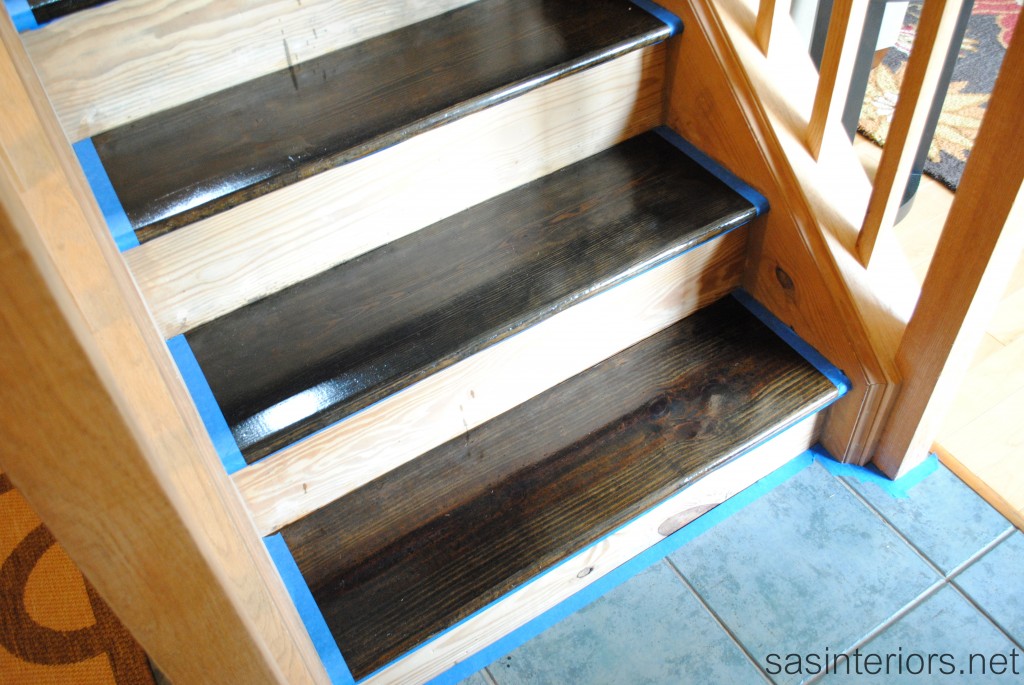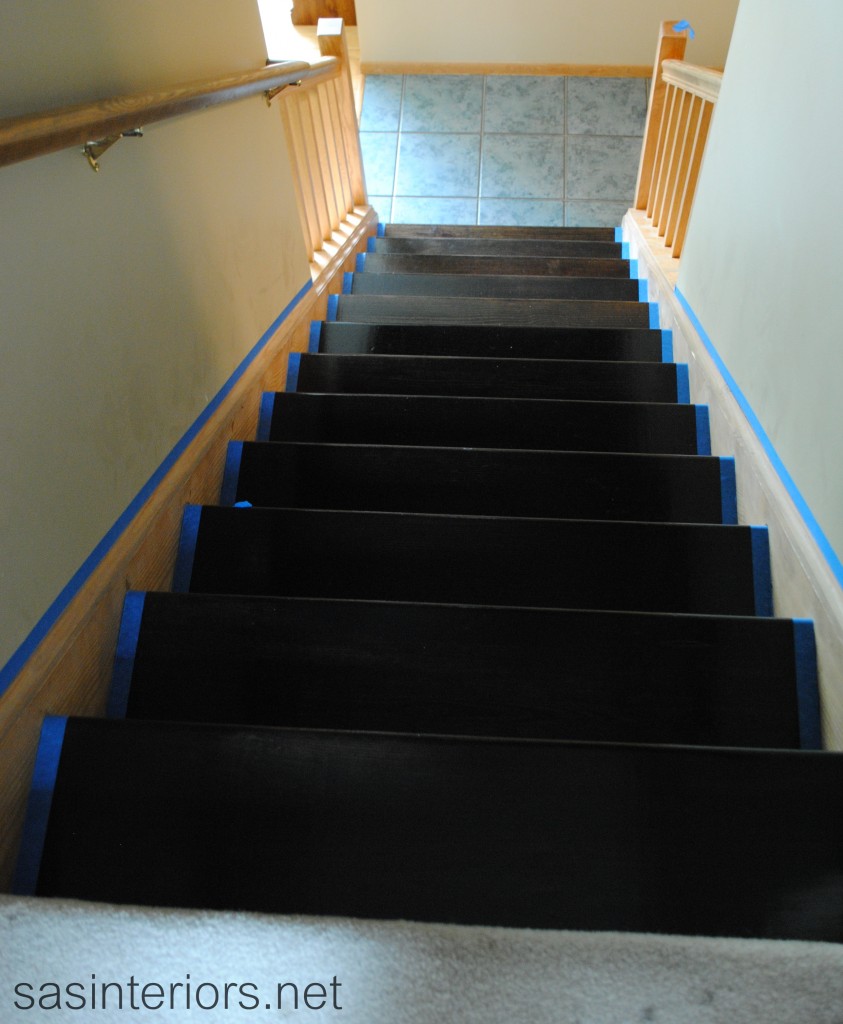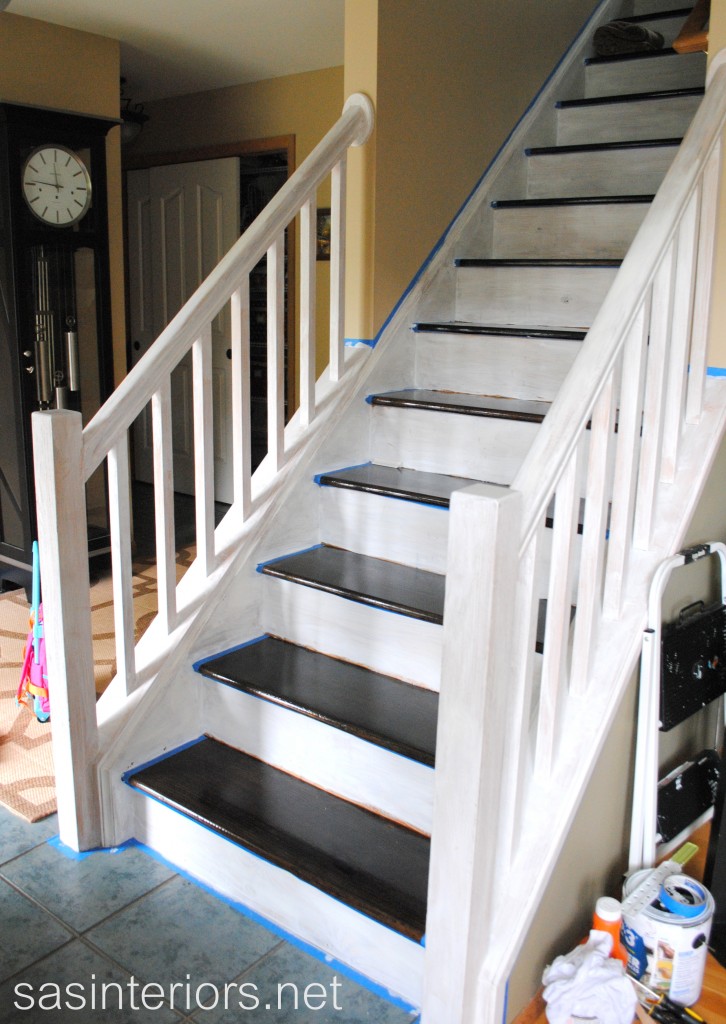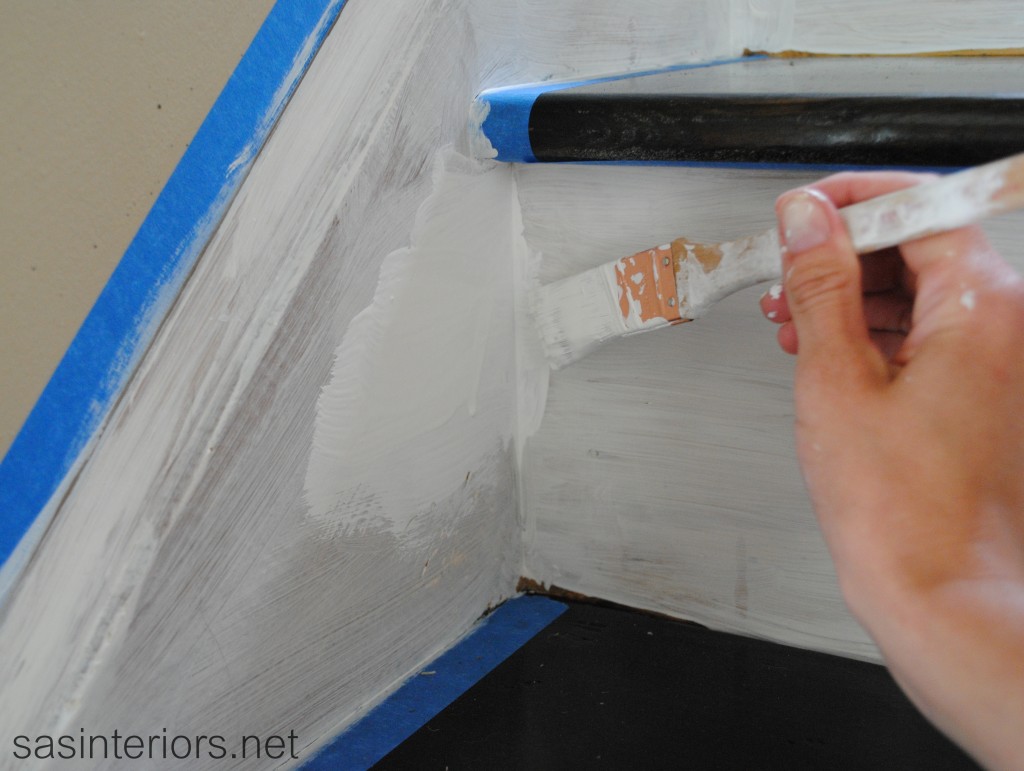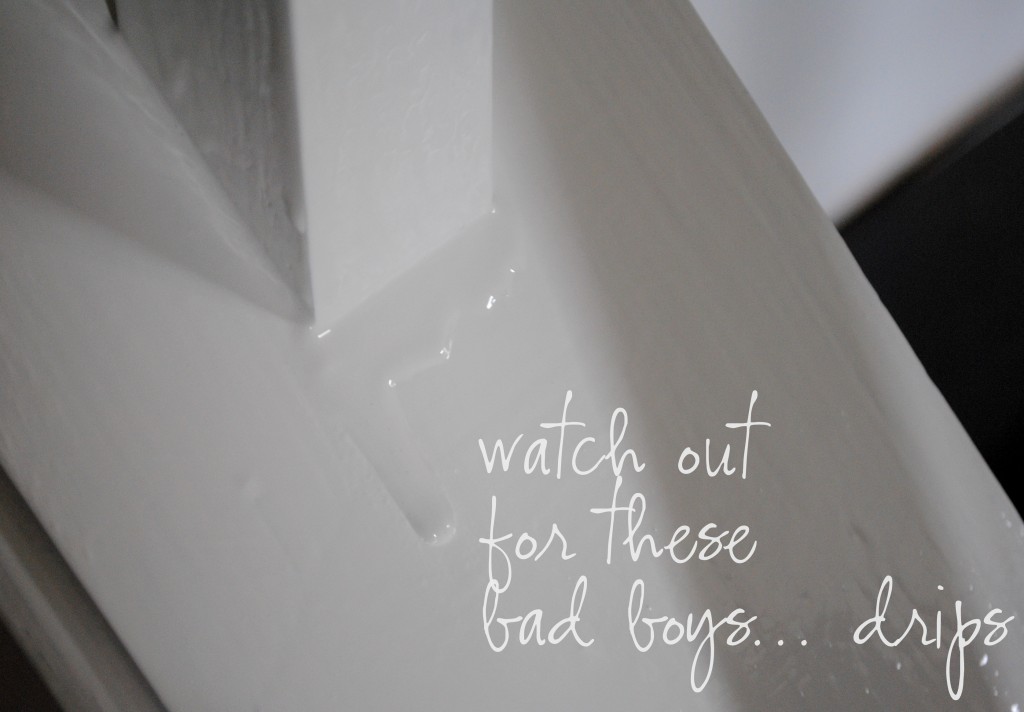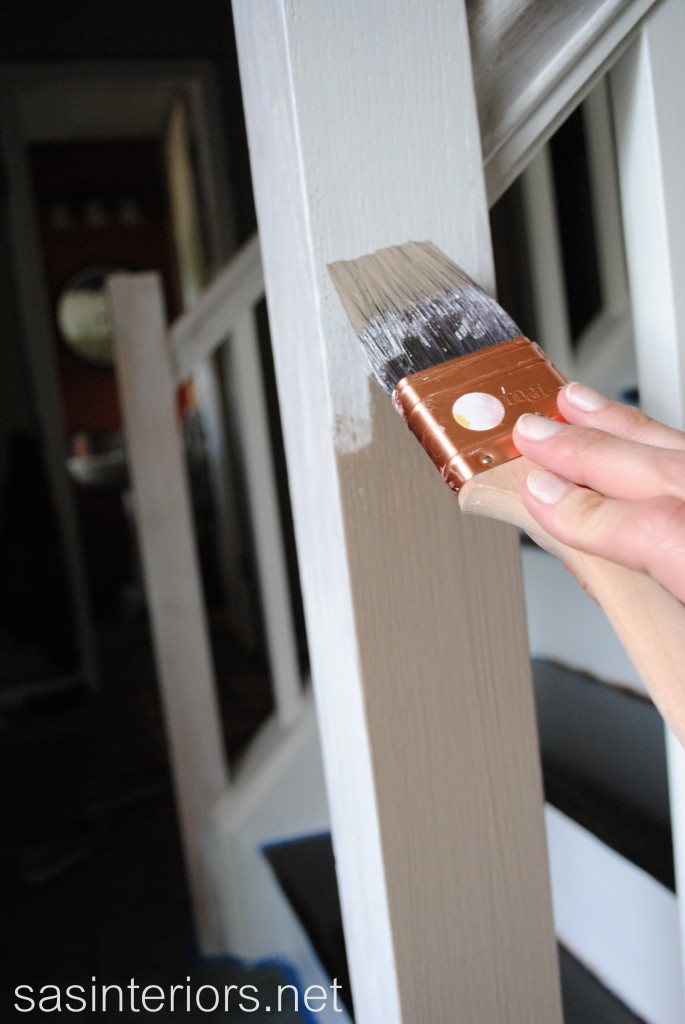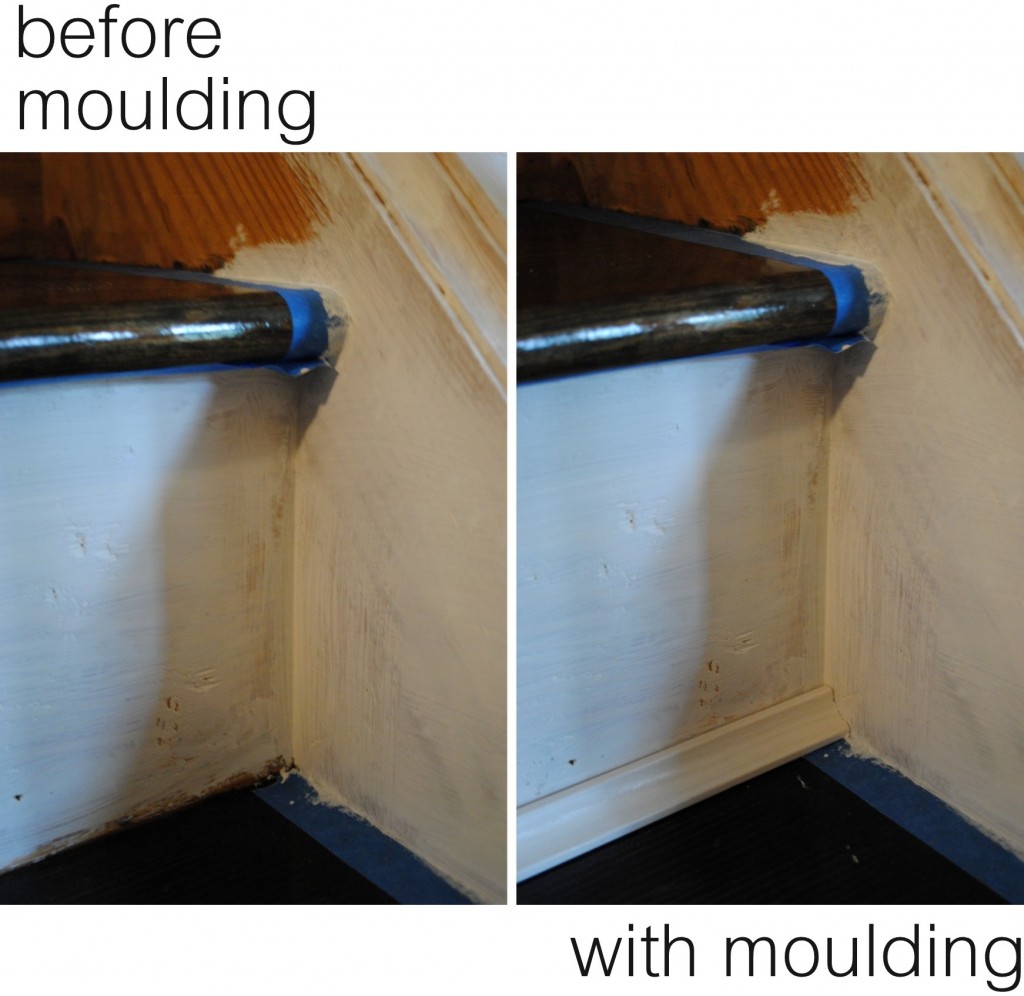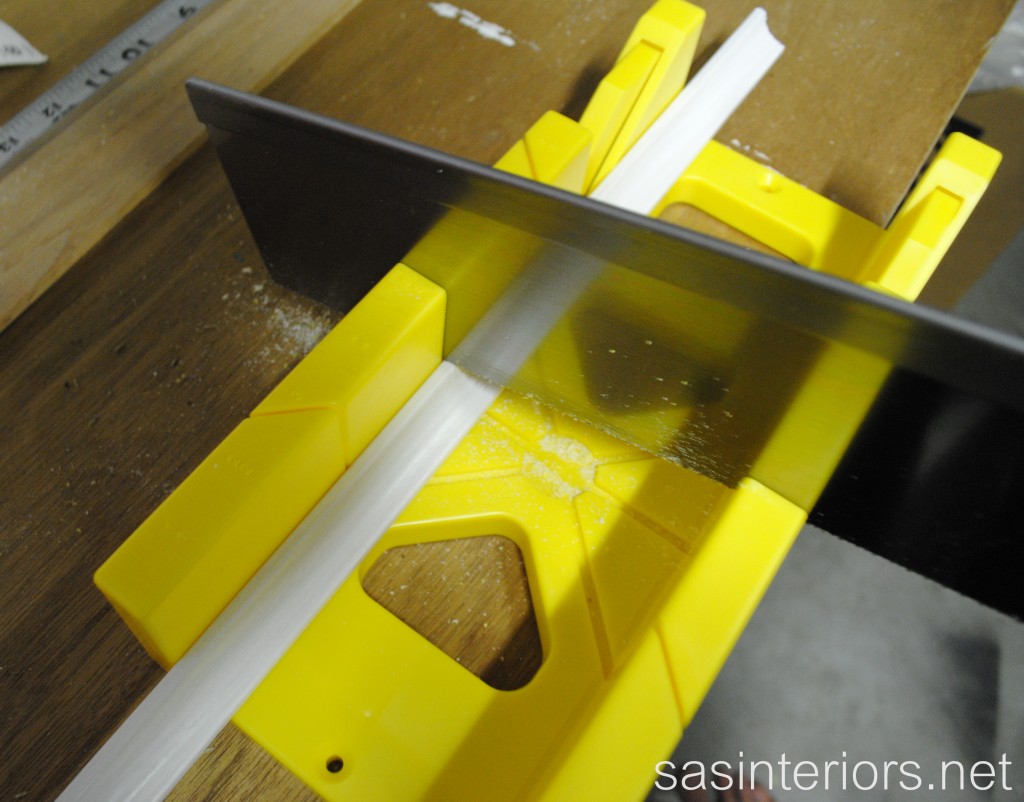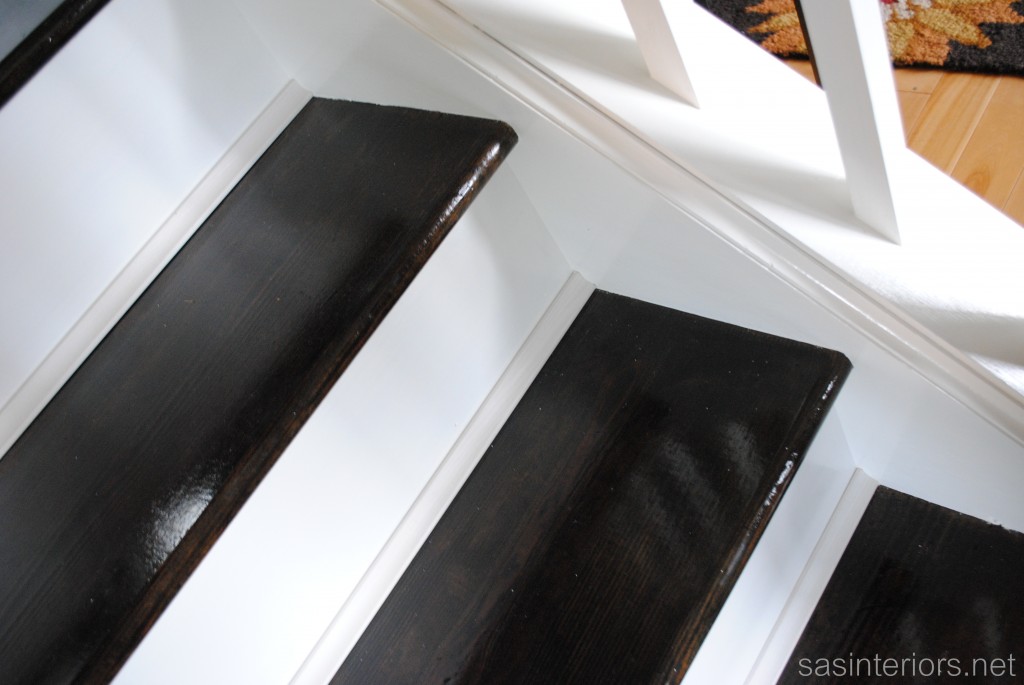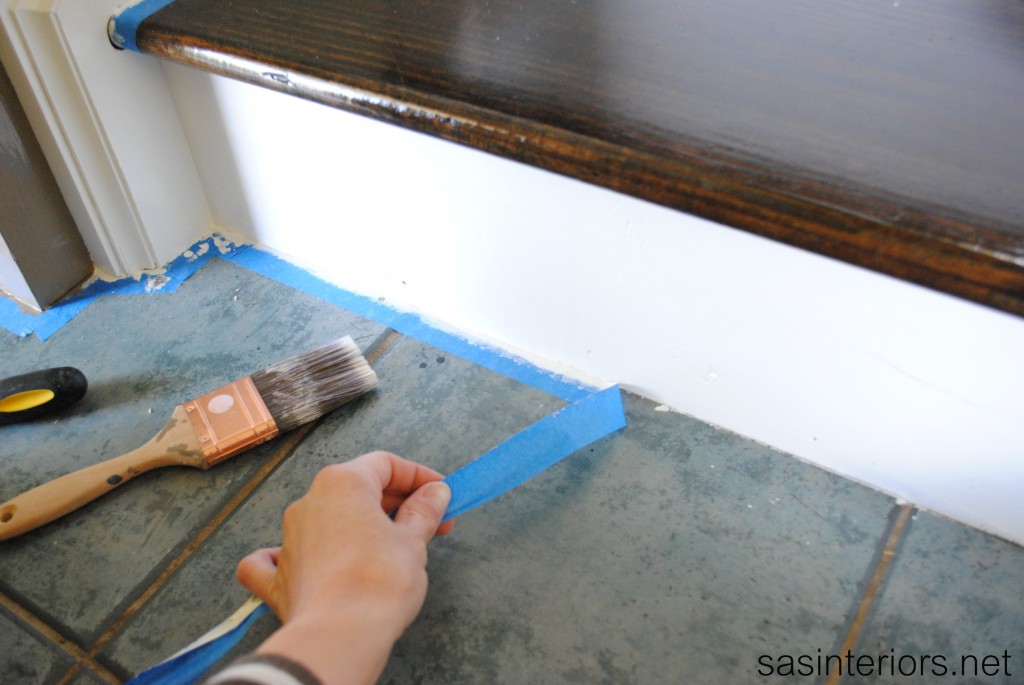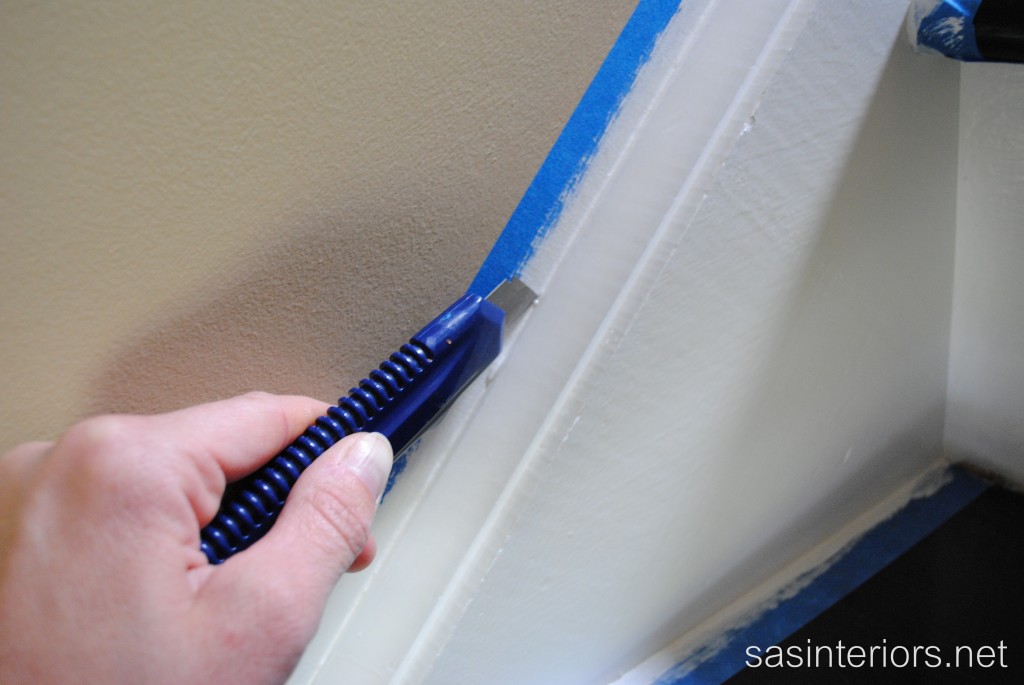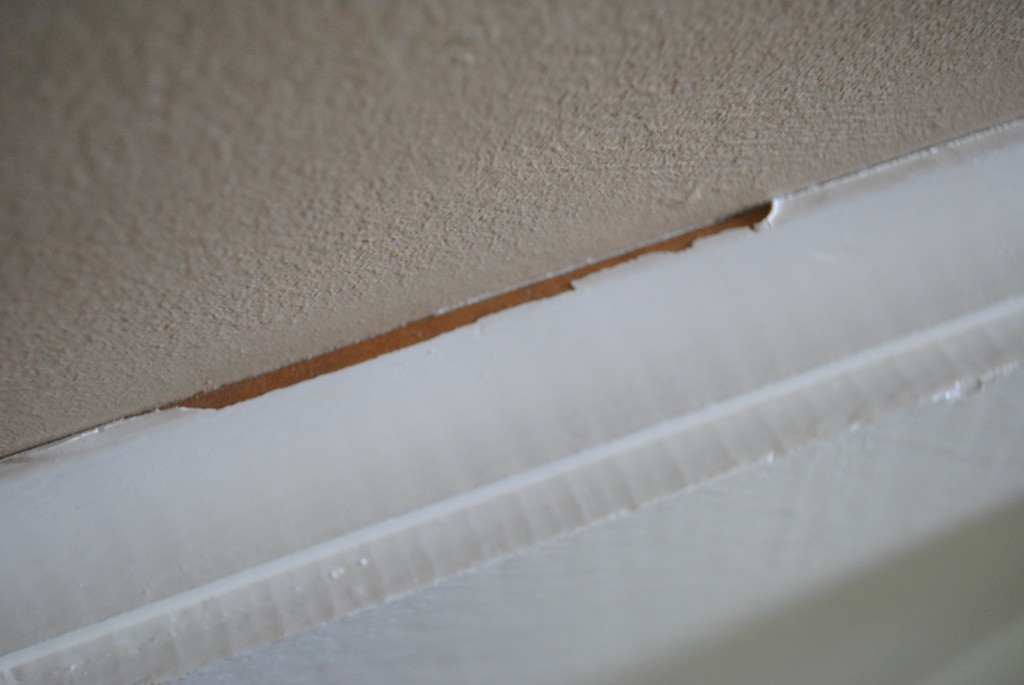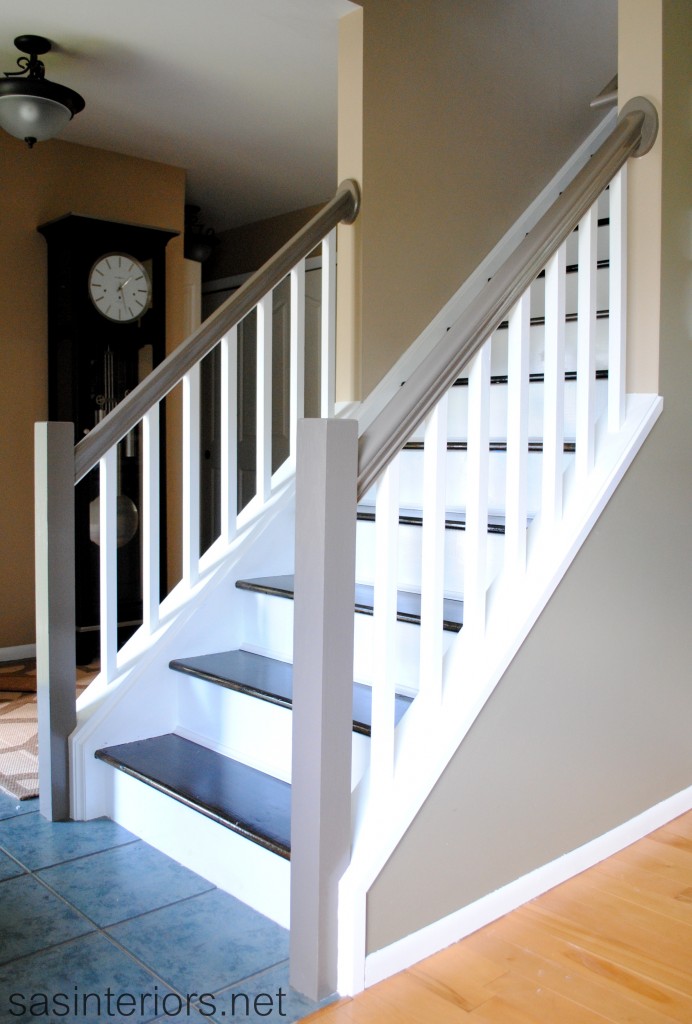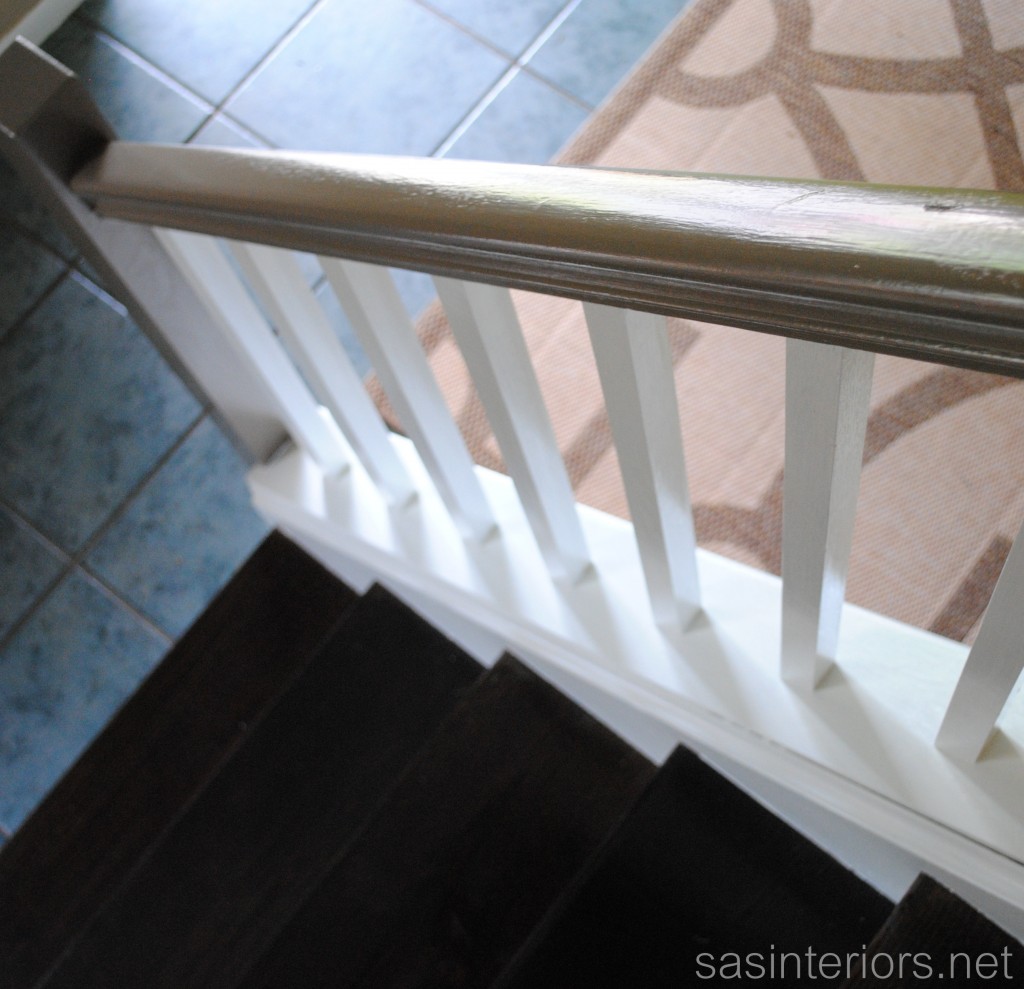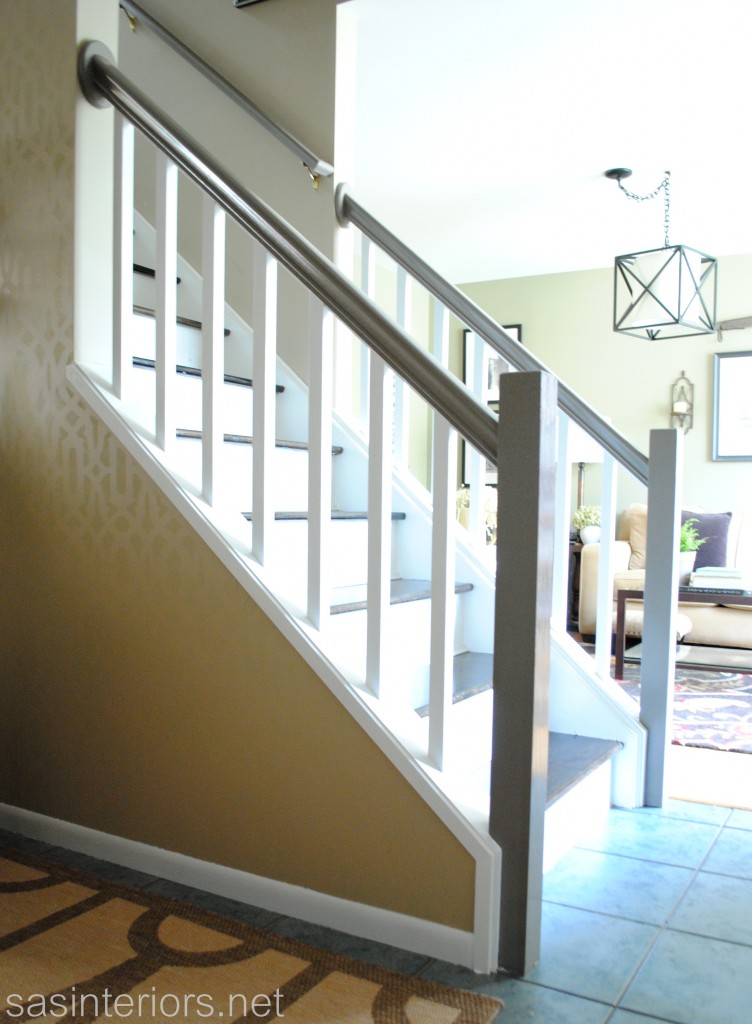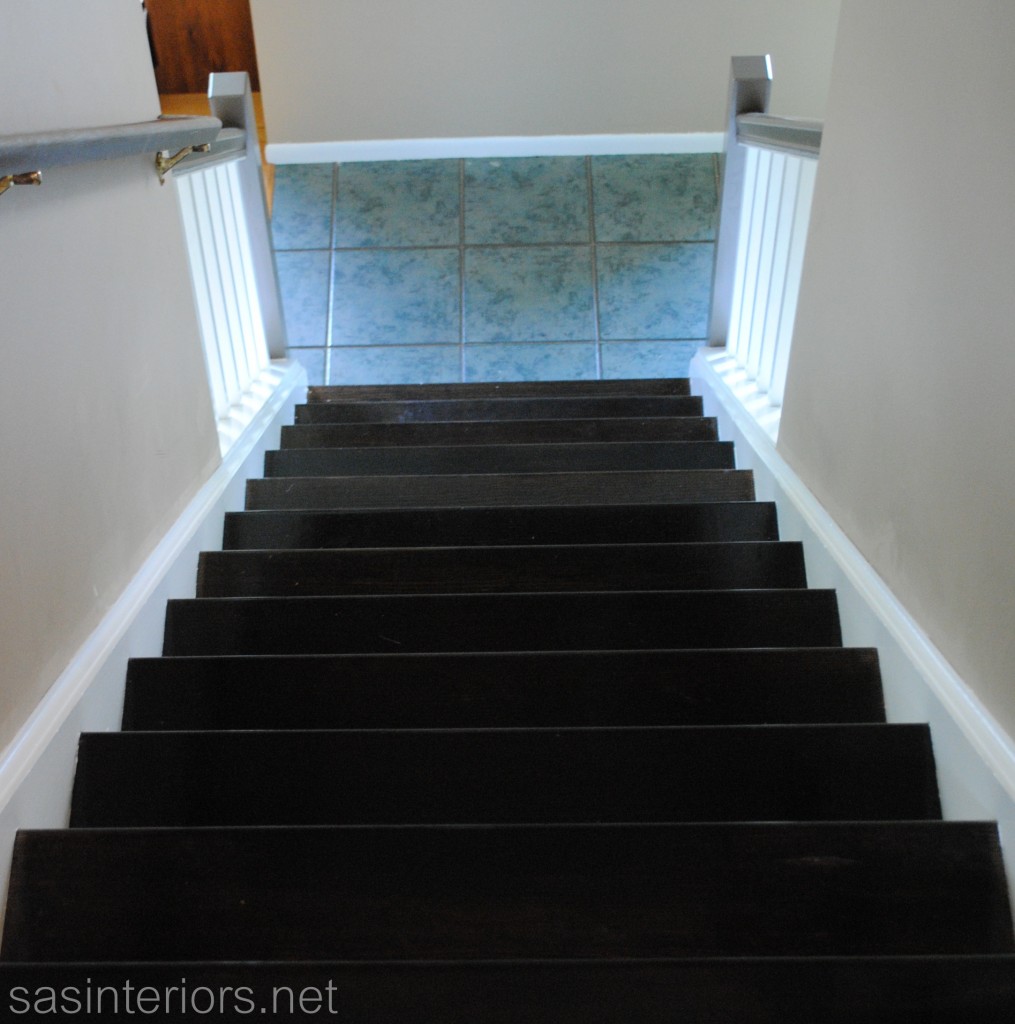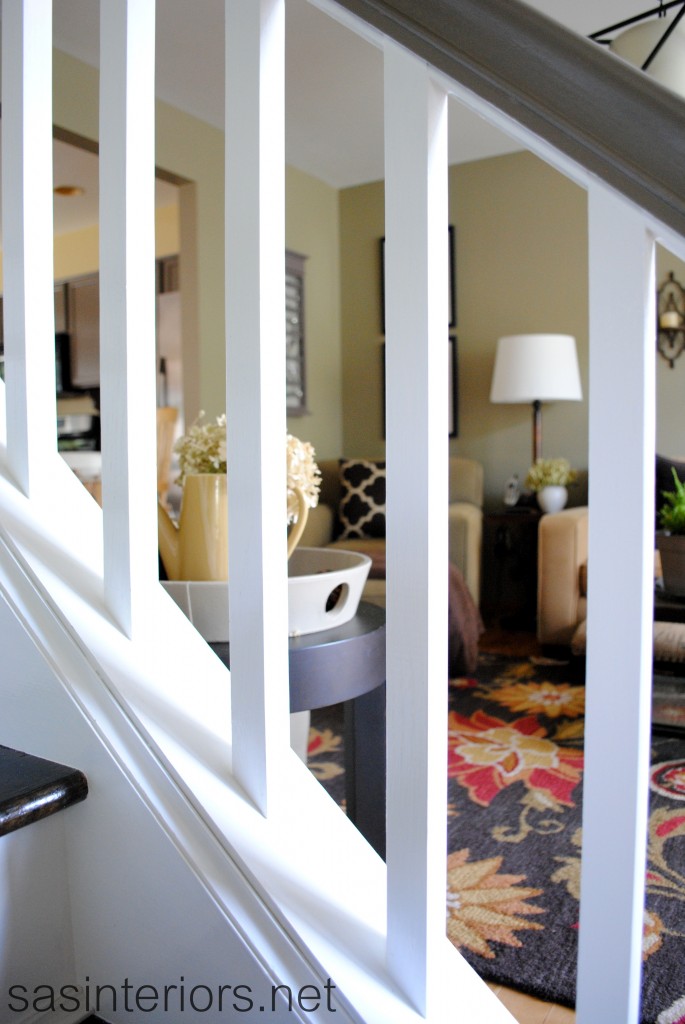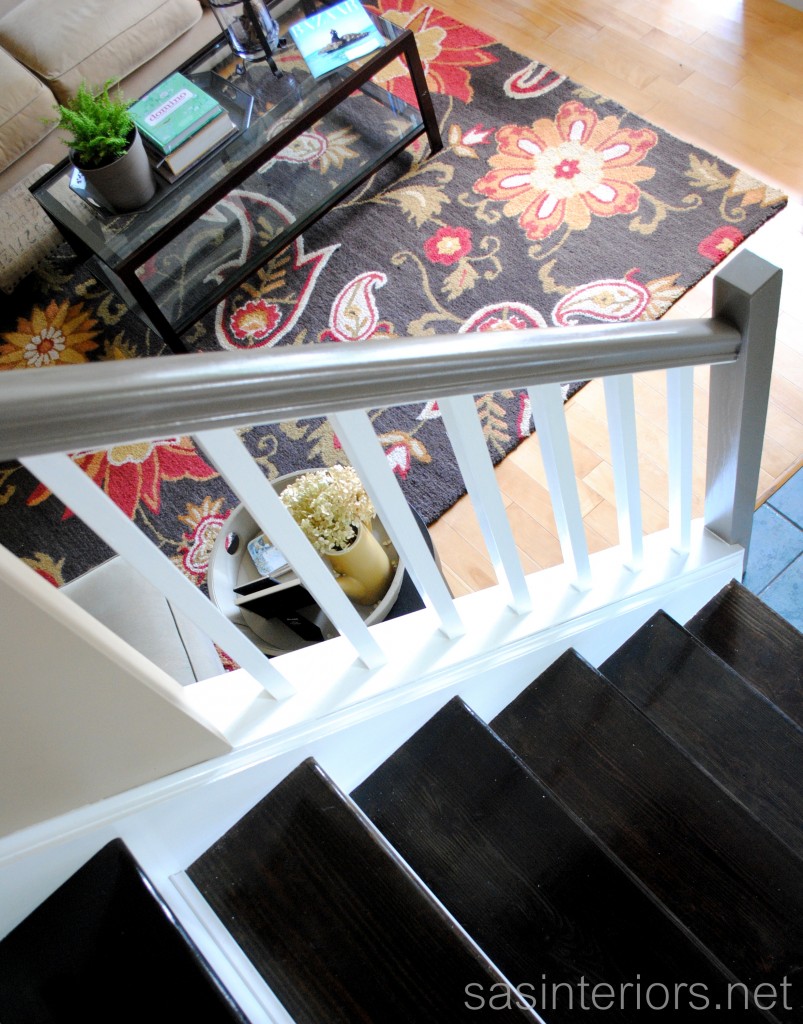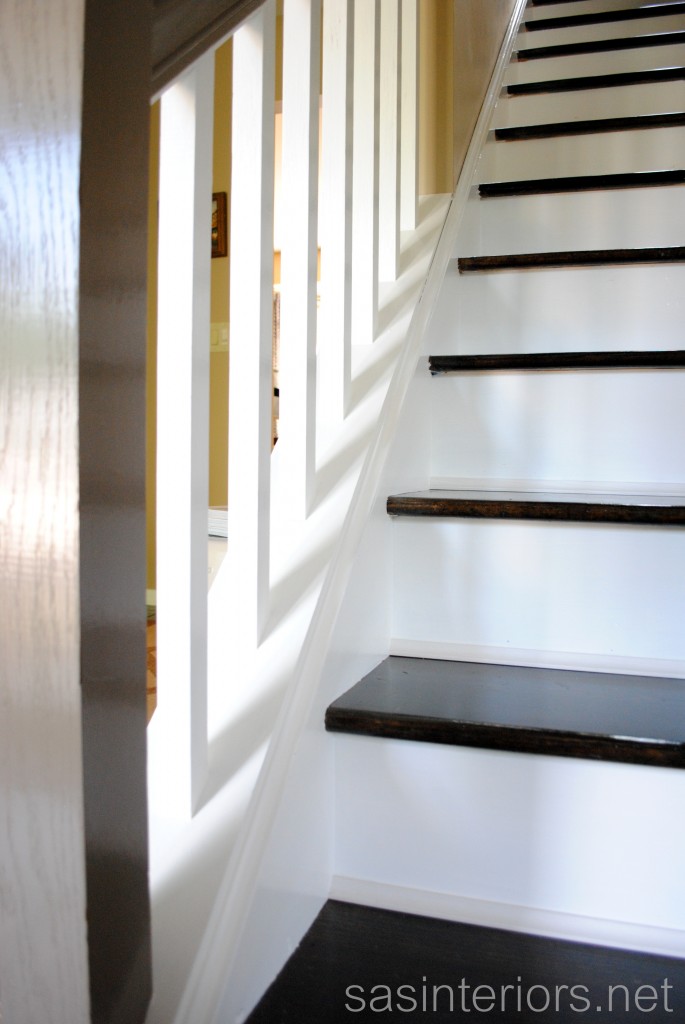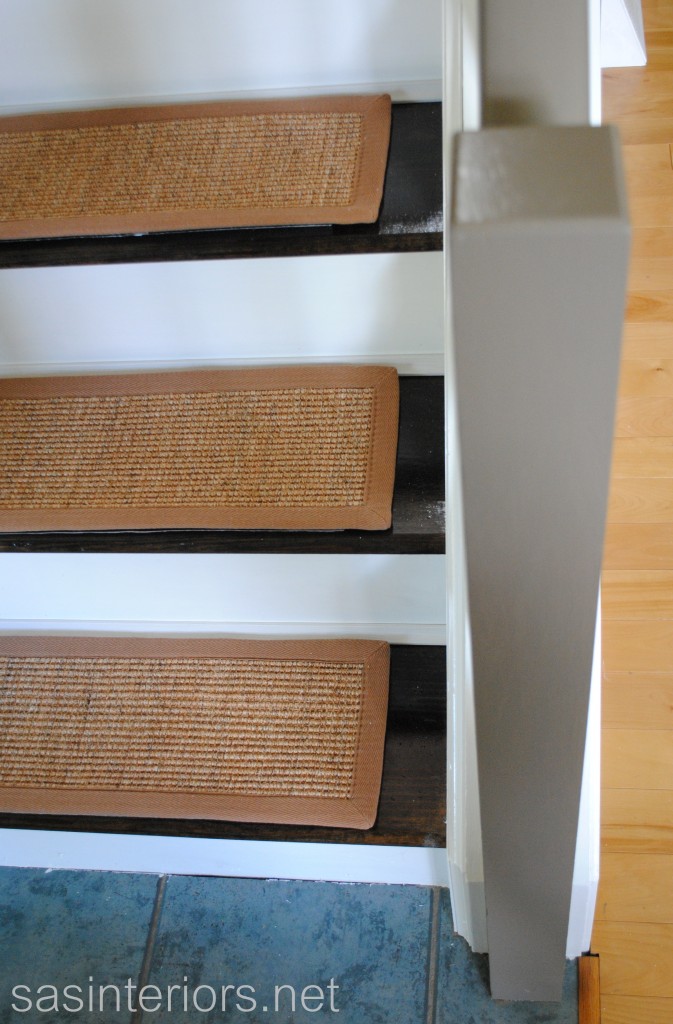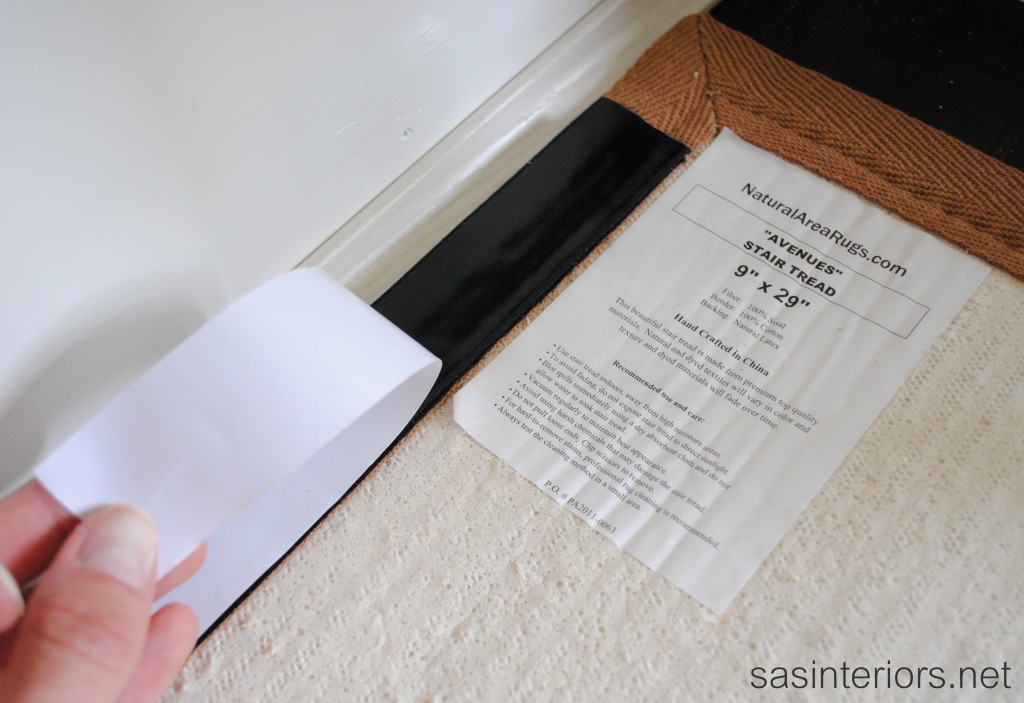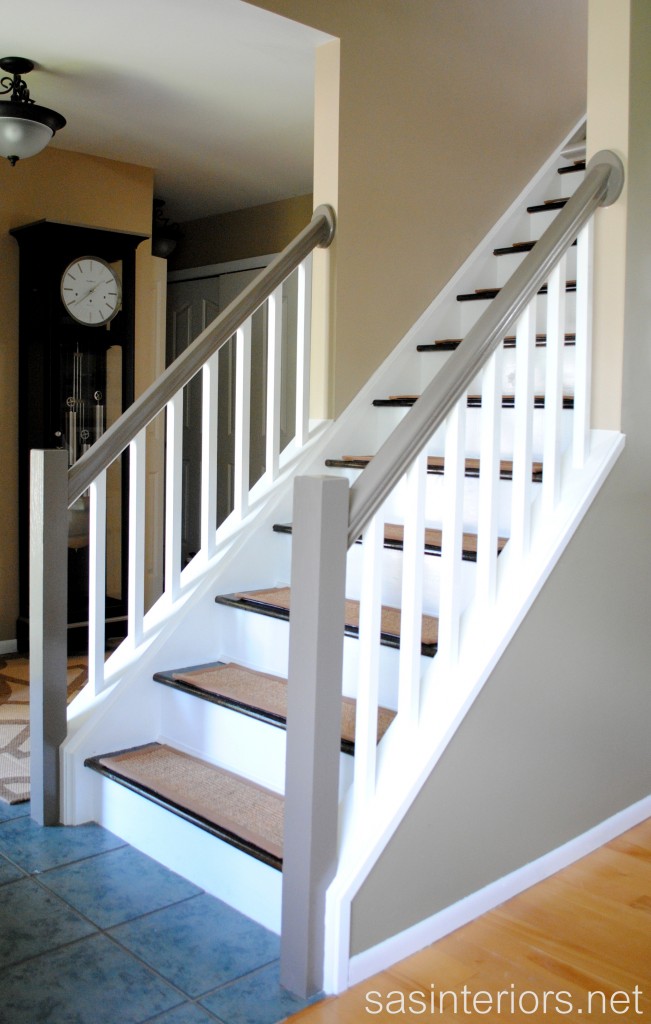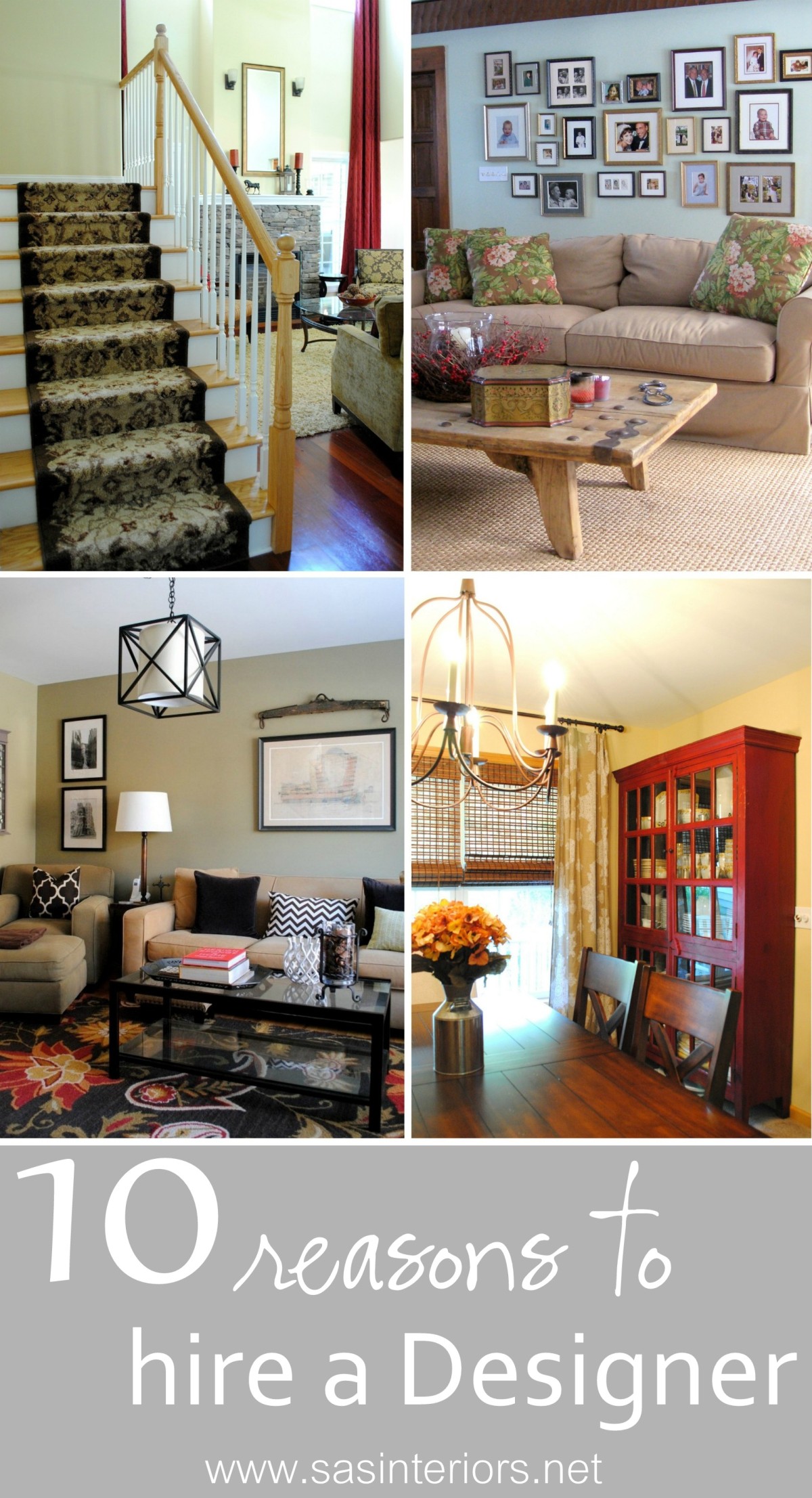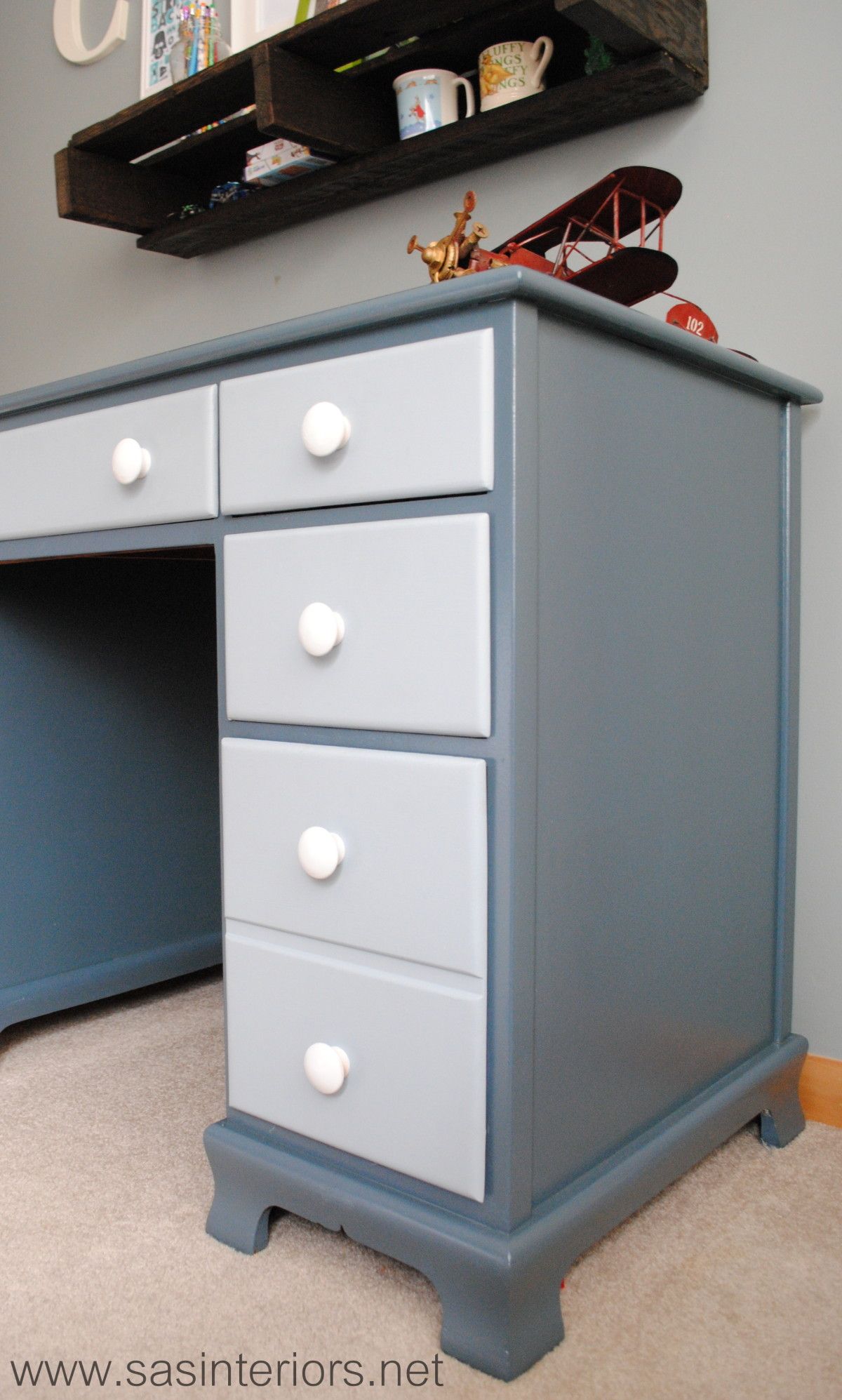DIY: Travel Subway Art Sign
I hope you had a great weekend and are enjoying the first officially days of Fall – the leaves are starting to change here, how about in your neck of the woods?
Like usual, I’ve been knee deep in creating new DIY projects and one in particular that I just finished up has been on my to-do list for a long time. It took me a while to figure out how to make it, but thankfully I’m thrilled with the result, and the main reason is because it cost less than $10 to make – {complete score}!
I’ve gotta give credit for the technique on how to create this Subway Art to Cheri of I Am Momma – Hear Me Roar and Monica & Jess of East Coast Creative. Both gals created completely different projects, yet both used the same idea of creating an image and having it printed as a blueprint (a thin black & white 24″ x 36″ paper) at Staples for less than $4 – Crazy awesome right?!
Here’s how I did it so you can create a similar travel sign or something completely different using the same cheap blueprint technique…
Using Picasa (my favorite free photo editing program), I started off with a clean white collage using the highest resolution possible and then cropped it to a 24″ x 36″ size so the text would print as clear as possible (at a large scale). A while ago, I had wrote a list of vacation spots that the mister and I have traveled to together over the years and started adding them to the collage in a variety of different fonts. (want to see a few of the fonts I used? Check out my favorites!).
Once I created this collage using my computer, I pulled together the rest of my supplies:
- (1) 24″ x 36″ Blueprint from Staples for – $3.60
- (1) 24″ x 36″ 1/4″ piece of plywood – $4.00
- Spray Glue – $2.50 +/- (50% off with AC Moore coupon)
- Mod Podge & Brush
- Black craft paint & brush
- 2 pieces of scrap wood or pallet boards
After my stop at Staples to get my inexpensive print, I then headed to Lowe’s to get a piece of plywood. I found a 3′ x 3′ piece and then had them cut it down to my exact size of 2′ x 3′. Important note: The blueprint might not be exactly to size, so you may want to measure that first before cutting the plywood. I didn’t, but the plywood was only about 1/16″ larger and I sanded the edge with my orbital hand sander, so it fit to size.
To adhere the blueprint to the plywood, I decided on the Aleene’s Tacky Spray which I purchased at AC Moore. I was thrilled with their products that I tried out last year, and thankfully this spray glue worked like a charm!
To stick the blueprint to the plywood, I started at the top edge and sprayed a thin, even coat of glue, just like spray paint, from one side to the other side. Then lined up the corner of the blueprint to the corner of the plywood.
Once the top edge of the print was on, I continued to add the glue in small sections – again spraying from one side to the other.
Once the blueprint was fully on the plywood, I added a coat of Mod Podge to protect the paper surface. I applied the MP from side to side just like the spray glue.
I didn’t forget the sides – it’s a must so the paper doesn’t rip or curl.
Almost done, but I have to admit there were some wrinkly spots once the Mod Podge dried…
Oops, I thought I adhered the blueprint so well. No worries, I then got out my handy-dandy orbital sander and sanded the edges and top surface of the print. I also added in a few “wear marks” to give the sign a distressed look.
Almost finished… to complete the look and to hide the plywood side, I used a black craft paint and painted the 4 edges of the sign.
The sign is complete…
…but wait, we’ve gotta mount & hang it! To give the sign some depth and importance (plus it was slightly bowed because the plywood is thin), I added two vertical pallet pieces to the back. Using short nails with a small head, I hammered them through the sign into the pallets. Then added picture hooks and wire.
Then it was really done!
So fun, So easy, and less than $10 – you can’t beat awesome, personalized wall decor like that!
I link my projects to some of these parties: Skip to My Lou, Dittle Dattle, Between Naps on the Porch, Today’s Creative Blog, Stories of A to Z, All Things Heart & Home, House of Hepworths, Finding Fabulous, The Shabby Nest, Serenity Now, Tatertots and Jello, Thrifty Decor Chick, Tip Junkie
